Farmers markets offer an endless supply of different types of apples in the fall, with a limited number of varieties available at grocery stores.
Each type of apples can be rated on several characteristics:
- How sweet or tart does it taste?
- How firm or soft is the flesh?
- Is the flavor mild or strong?
The answers also determine the best uses for each type of apple. For example, firm apples tend hold their shape when baked into a pie, but make a chunky apple sauce. Whereas soft apples break down in a pie but make a smooth sauce.
I have personally tasted & tested all of the apples in this article, noting their flavor, flesh characteristics, quickness to brown, and consistency (and flavor) when baked. I taste each variety several times throughout the season to make sure I don't base this information on just one single good or bad apple.
Jump to:
Sweet apples
How sweet an apple tastes is dependent on more than just the variety. The ripeness at harvest, length of storage, and weather all affect their flavor. For example, unripe apples will taste more tart than when fully ripe.
While all apples are sweet, these ones are sweet with little to no tart flavors.
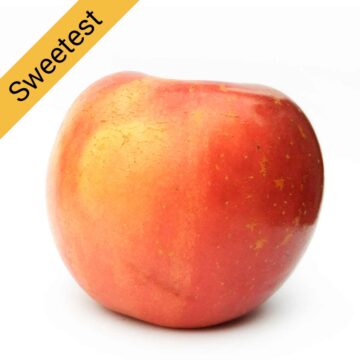
Fuji
A reliably sweet variety, making it a favorite for fresh eating.
- Stands out as the sweetest snacking variety
- Firm, crisp flesh that holds up when baked
- Quick to brown
- Good storage apple
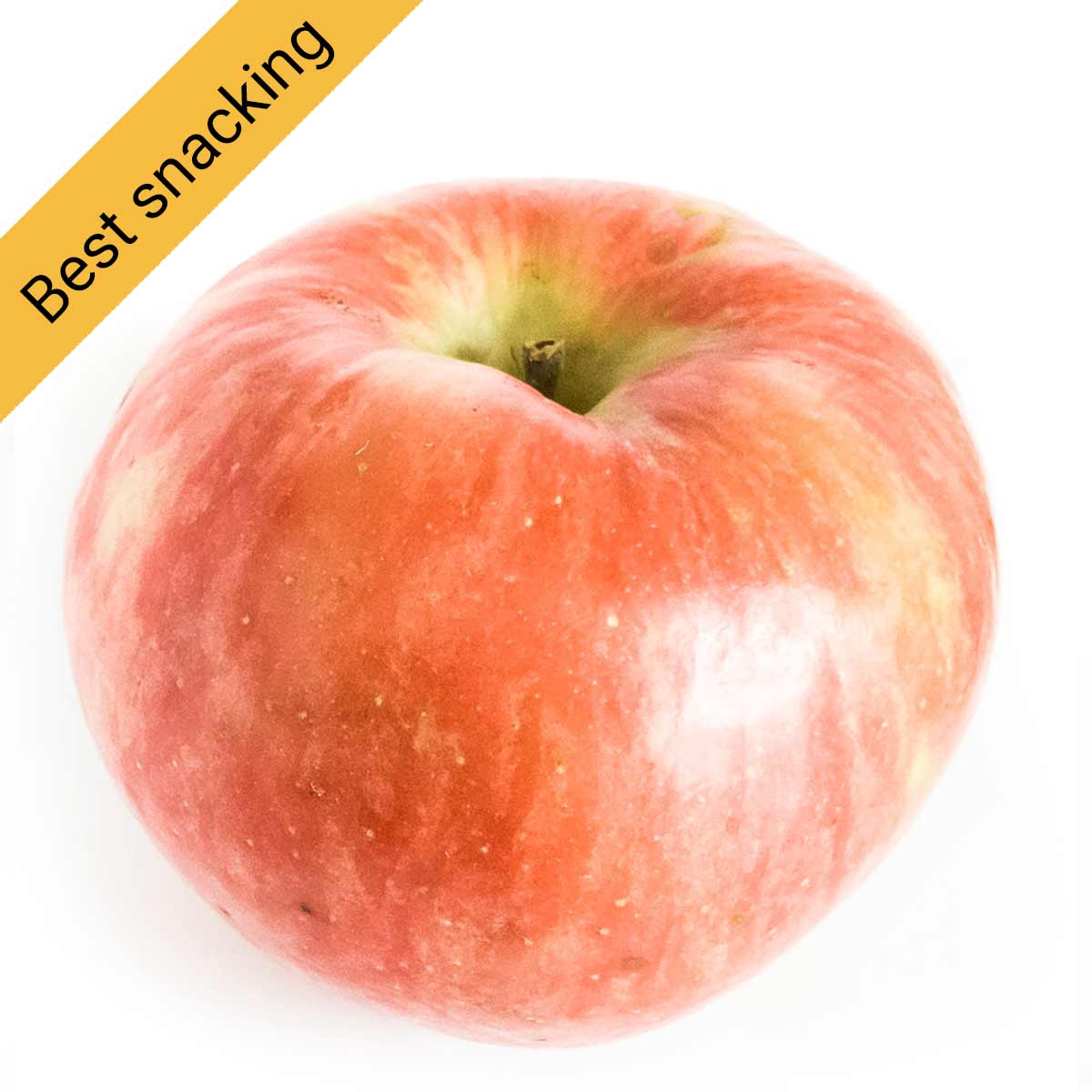
Honeycrisp
A crispy, almost fizzy flesh makes this a favorite snacking apple.
- Sweet, honey-apple flavor (very slight tart flavor, but sweet flavor dominates)
- Firm, crisp flesh that holds its shape when baked
- Also has excellent flavor and texture when baked into a pie.
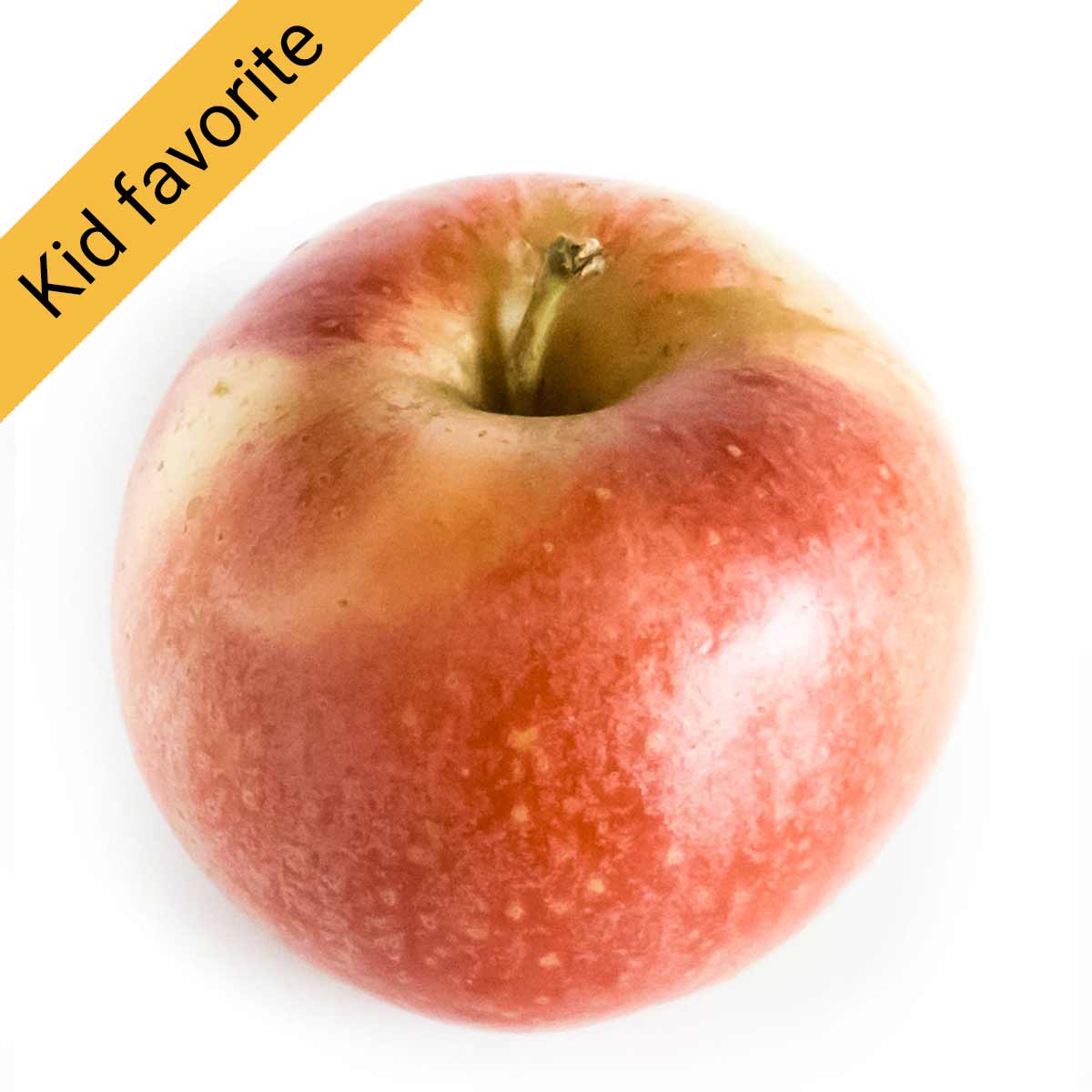
Gala
Because of the mild flavor and thin skin, these are a favorite among kids.
- Sweet, mild pear-like flavor, but not complex
- Firm, crisp flesh, but can be grainy when baked
- Very thin skinned
- Slow to brown
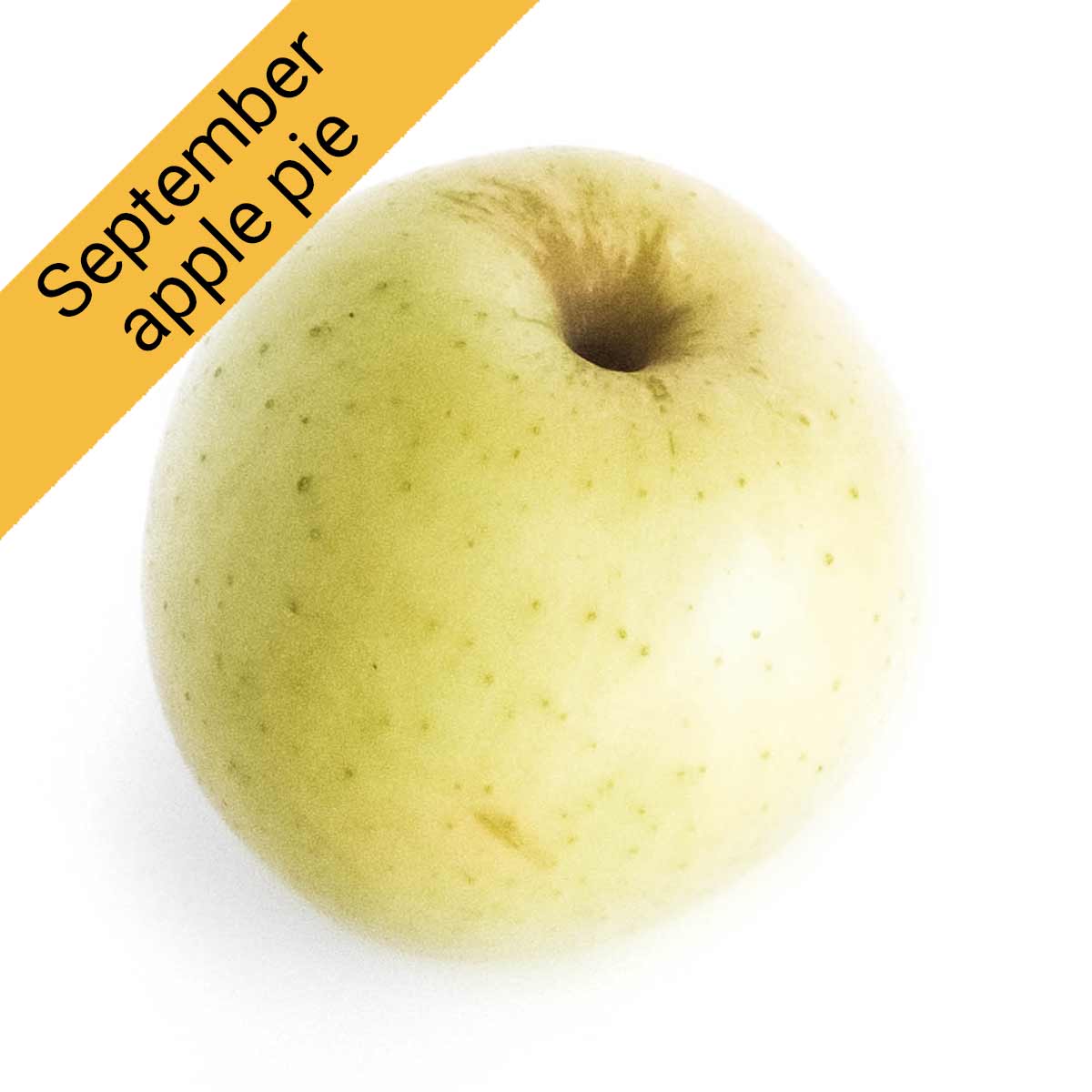
Golden Supreme
A descendant of Golden Delicious but with slightly stronger flavor, especially when baked. Great apple for early-season pies in September.
- Sweet, apple flavor. Not complex but very appley.
- Firm flesh that softens when baked and holds its shape
- Best when fresh, loses flavor when stored
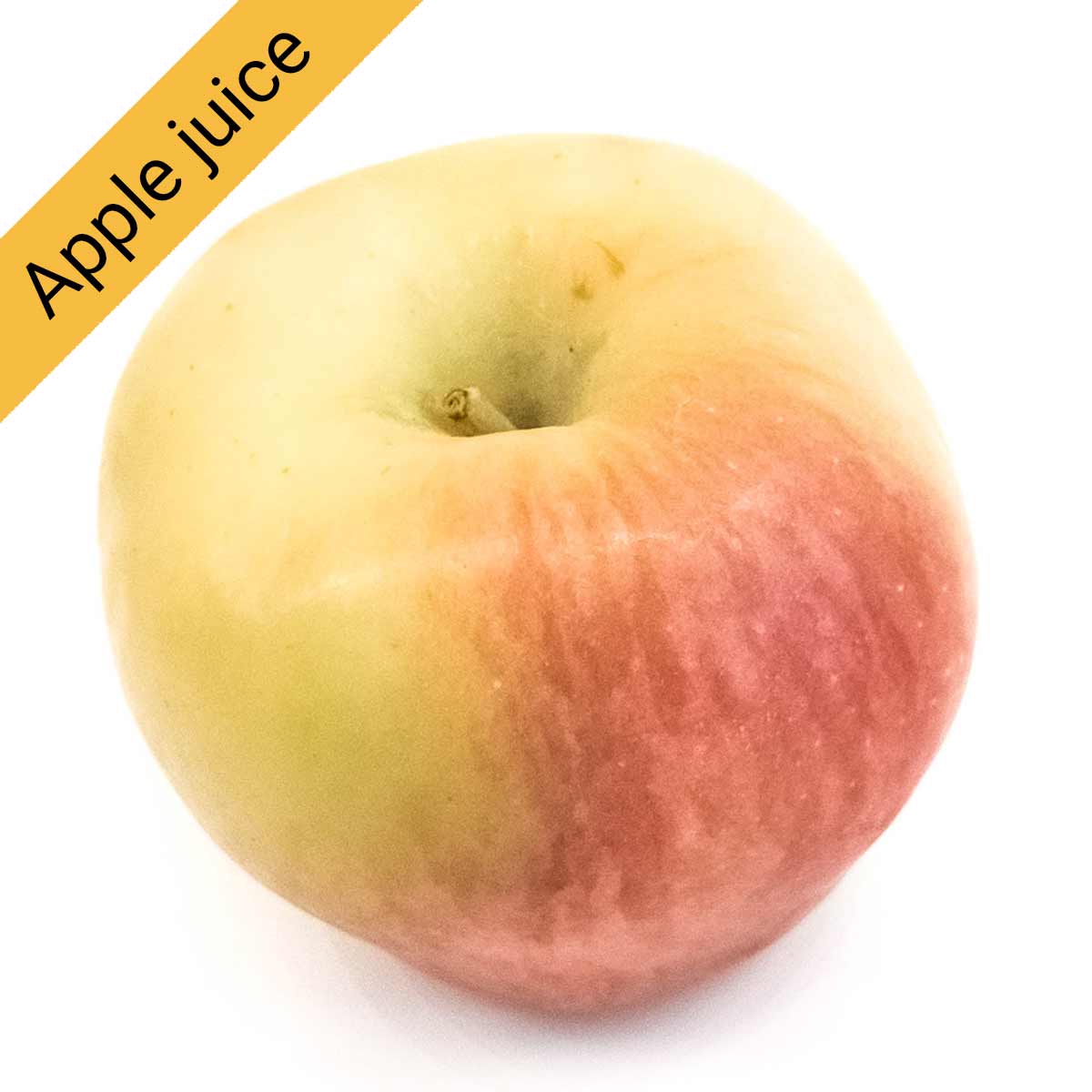
Ambrosia
A very juicy apple with an distinct flavor. It has noticeable floral-honey notes as well as banana (which comes out even more when baked).
- Sweet with almost no tartness and a floral-honey or banana flavor
- Firm flesh that softens when baked and holds its shape
- Slow to brown, making it great on salads and cheese boards as well
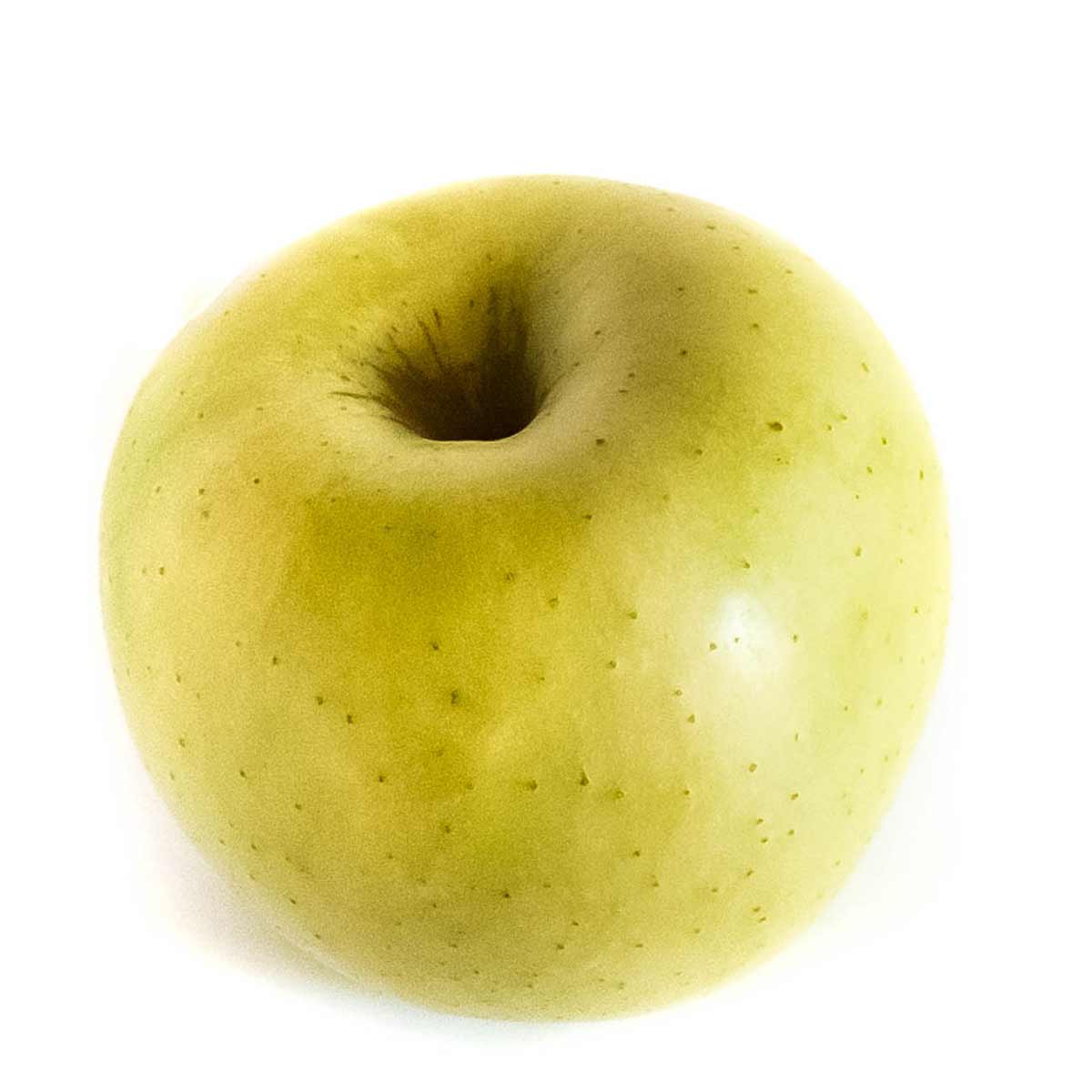
Golden Delicious
A classic apple flavor with medium sweetness and medium firmness. The sweetest green/yellow apples and great for pie.
- Sweet, buttery apple flavor
- Medium firm, softens when baked but holds its shape.
- Quick to shrivel if not stored in a high-humidity crisper drawer.
- Not related to Red Delicious
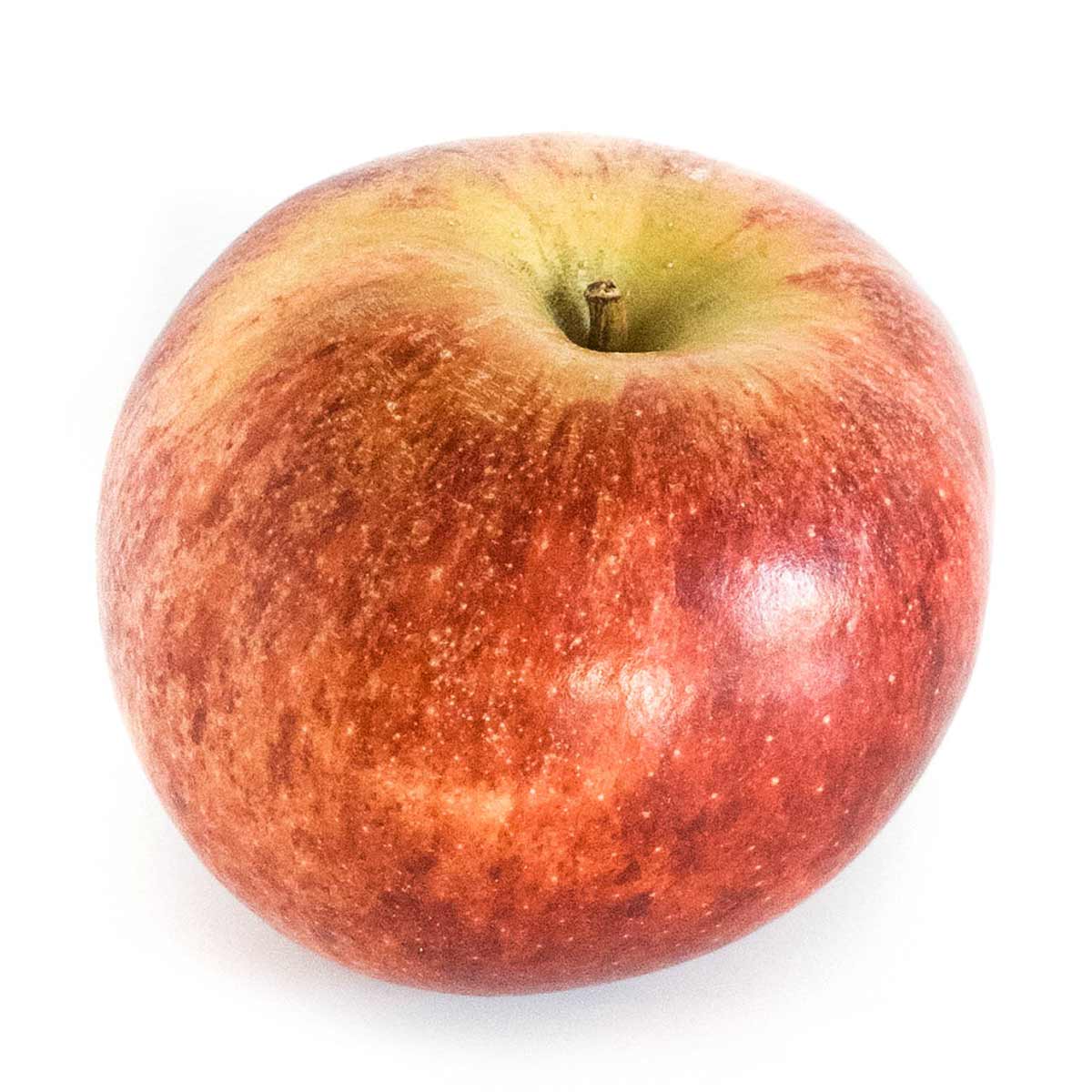
Envy
A cross between Braeburn and Royal Gala, Envy is the trademarked name for the Scilate variety.
- Sweet and slightly floral. A mild flavor similar to gala but slightly stronger
- Thick skin, crisp juicy flesh
- Slower to soften when baked and can be grainy
- Very slow to brown
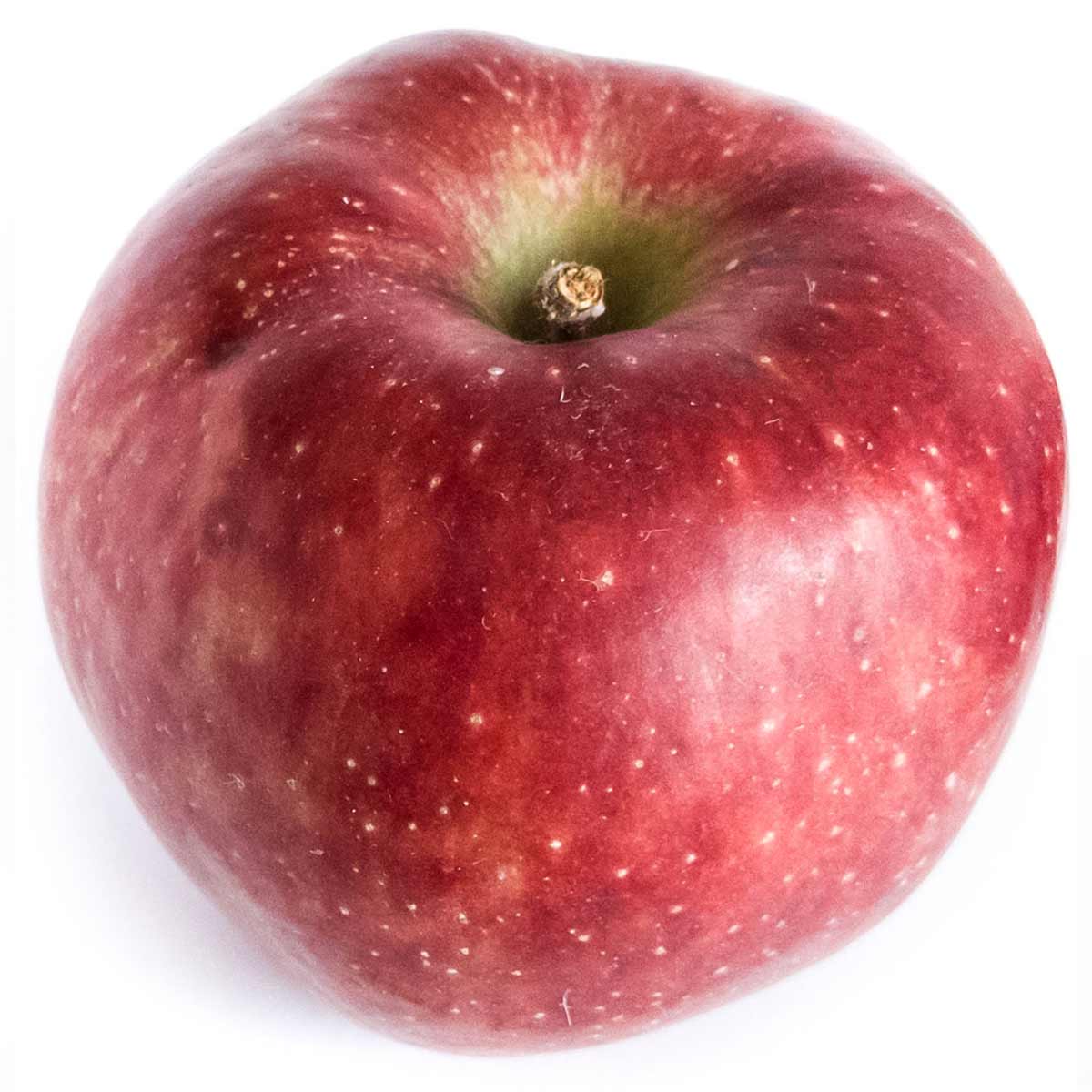
Red Delicious
This beautiful apple over promises and under delivers due to the focus on appearance above all else.
- Sweet, but bland flavor
- Skins are thick and tannic
- Flesh is often mealy
- Short storage life
Tart apple varieties
It's hard to get a consensus on which apples to classify as tart since their acidity can be highly dependent on climate and harvest dates. However, more often than not, the following kinds of apples will be noticeably more tart than sweet.
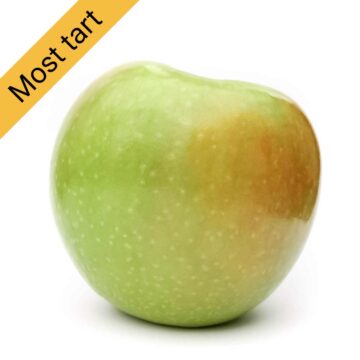
Granny Smith
This apple will always be tart, regardless of the climate or when it was harvested.
- Extra tart
- Firm, crisp flesh that holds its shape and is slow to soften when baked
- Lends tartness to pies, but not a lot of apple flavor
- Good storage apple
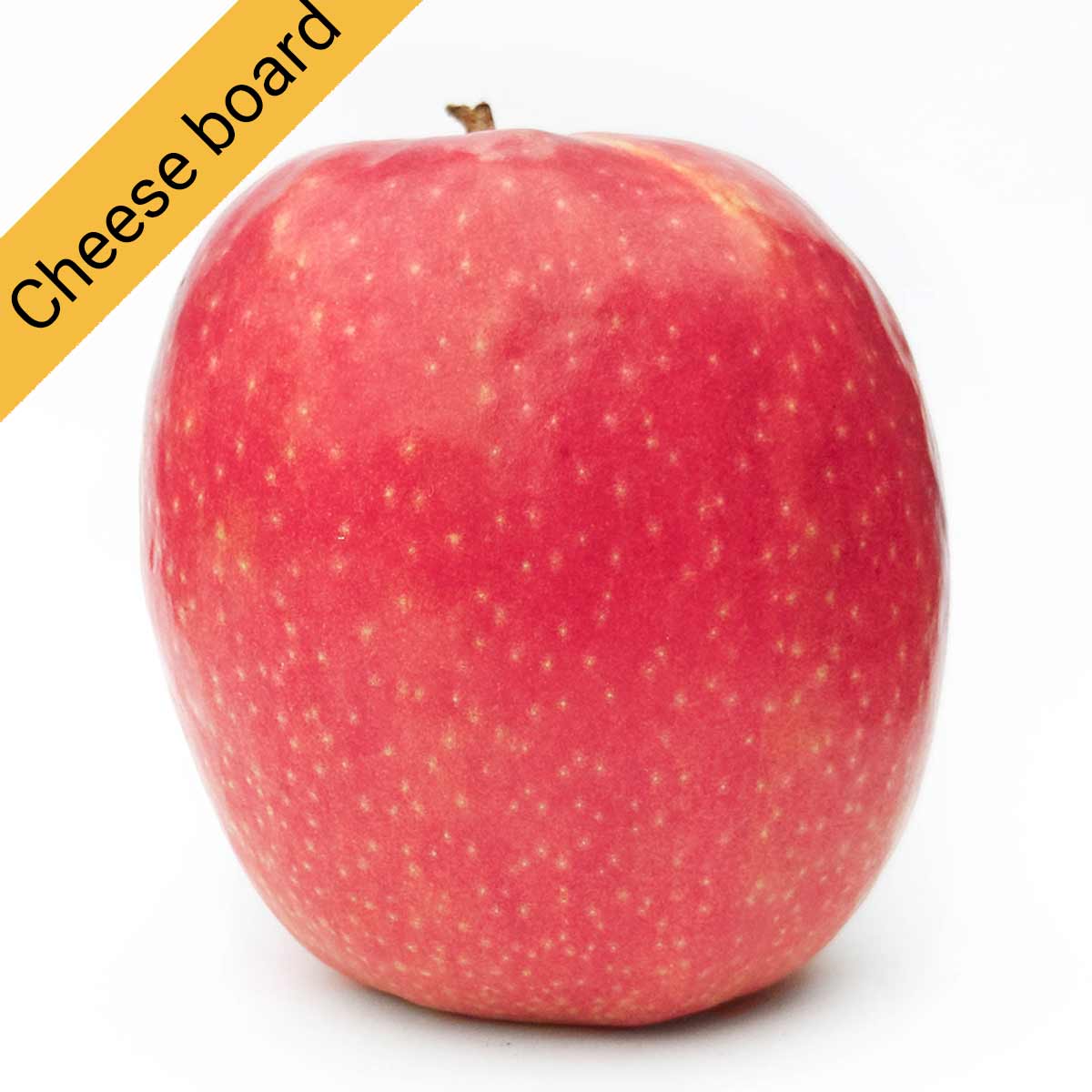
Pink Lady
Pink Lady apples are Cripps Pink that have met quality specifications, earning the brand name. This actually helps ensure each Pink Lady apple will taste similar.
Perfect apple for cheese boards due to their sweet-tart balance, bright color, firm crisp flesh, and slowness to brown.
- Tart with a very sweet finish and good apple flavor with hints of melon
- Firm, crisp flesh that holds up when baked
- Slow to brown
- Good storage apple
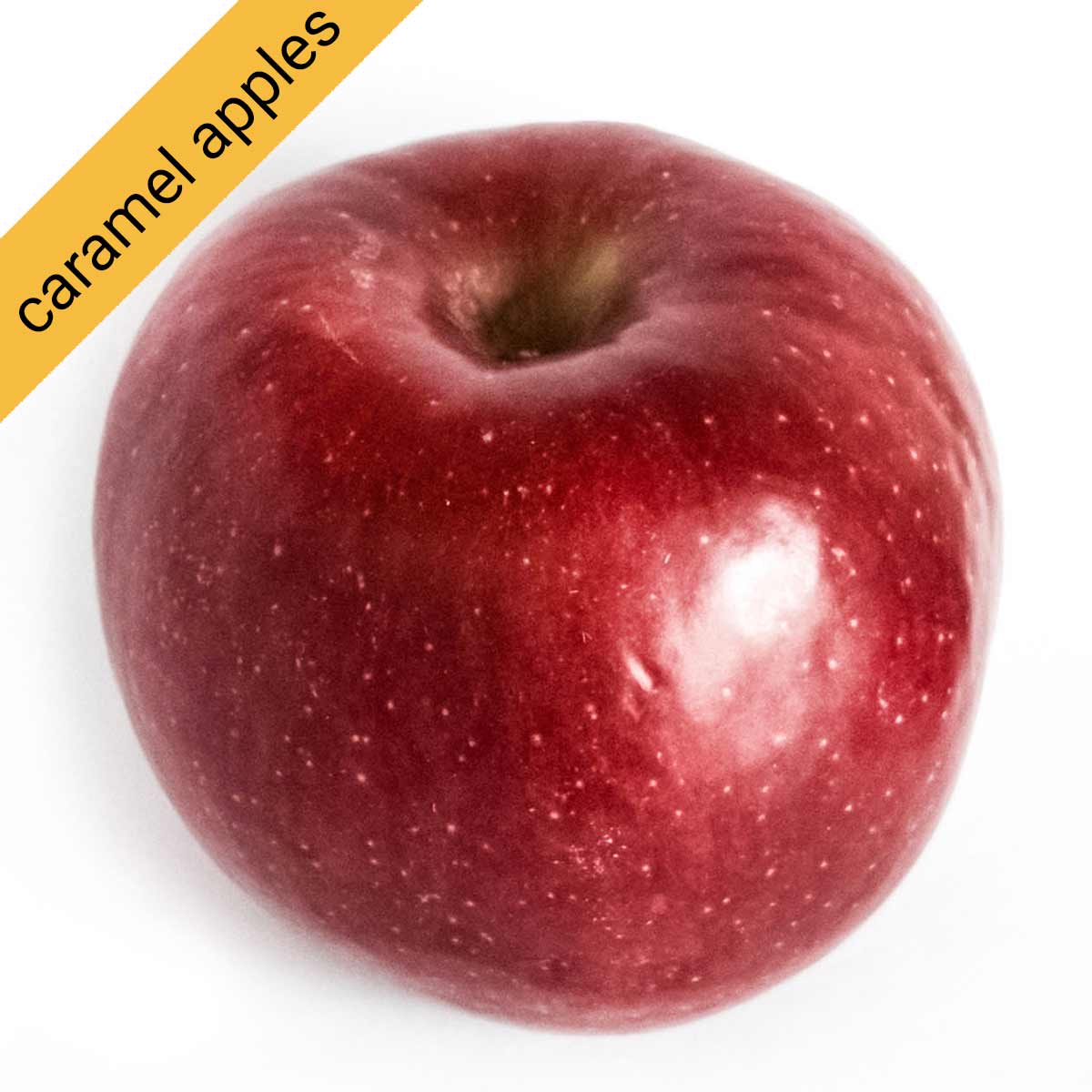
Jonathan
These small apples are tart, but not as much as Granny Smiths. Their dark red color, smaller size, tartness, thick skin, and long shelf life make them the ideal variety for caramel apples.
- Tart and slightly sweet
- Firm, crisp flesh that softens considerably when baked, but mostly holds its shape
- Good storage apple
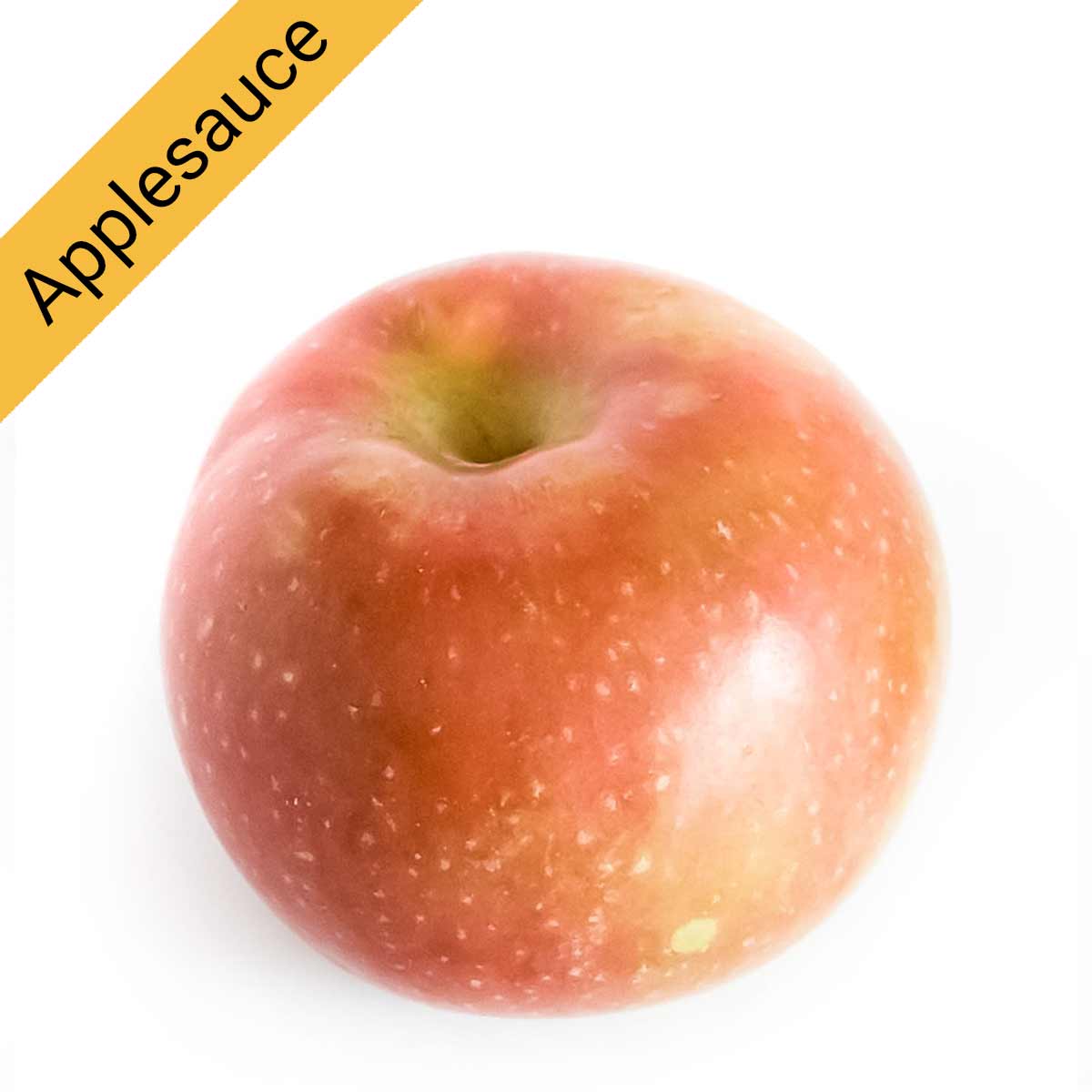
McIntosh
These have a classic apple-spice flavor perfect for cider. They will turn to mush when heated, making them excellent for applesauce and apple butter, not so much for pie.
- Tart flavor, but least of all the tart apples. Apple cider flavor comes out even more when baked.
- Soft flesh that breaks down when baked or heated
- Thick skin
- Technically stores well when not bruised, but loses flavor quicker than other good storage varieties
- Cinnamon & sugar apple sauce recipe
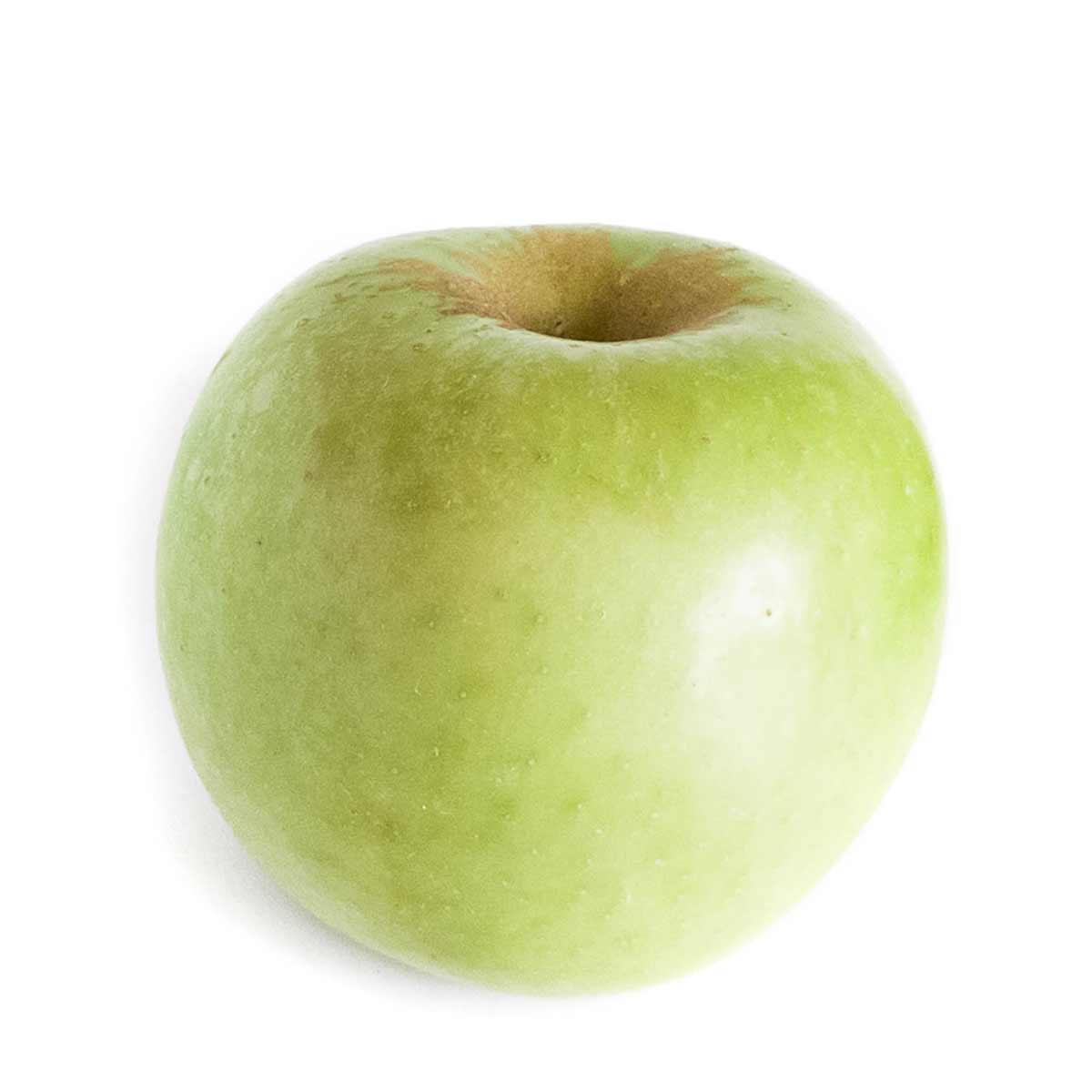
Mutsu / Crispin
A good candidate for apple cider, especially if you get ones that are on the spicier side.
- Just barely more tart than sweet with cider flavor, sometimes a hint of anise. Skin can be chewy.
- Crisp firm texture that holds its shape when baked, but can be grainy
- Can get exceptionally large (and still taste good)
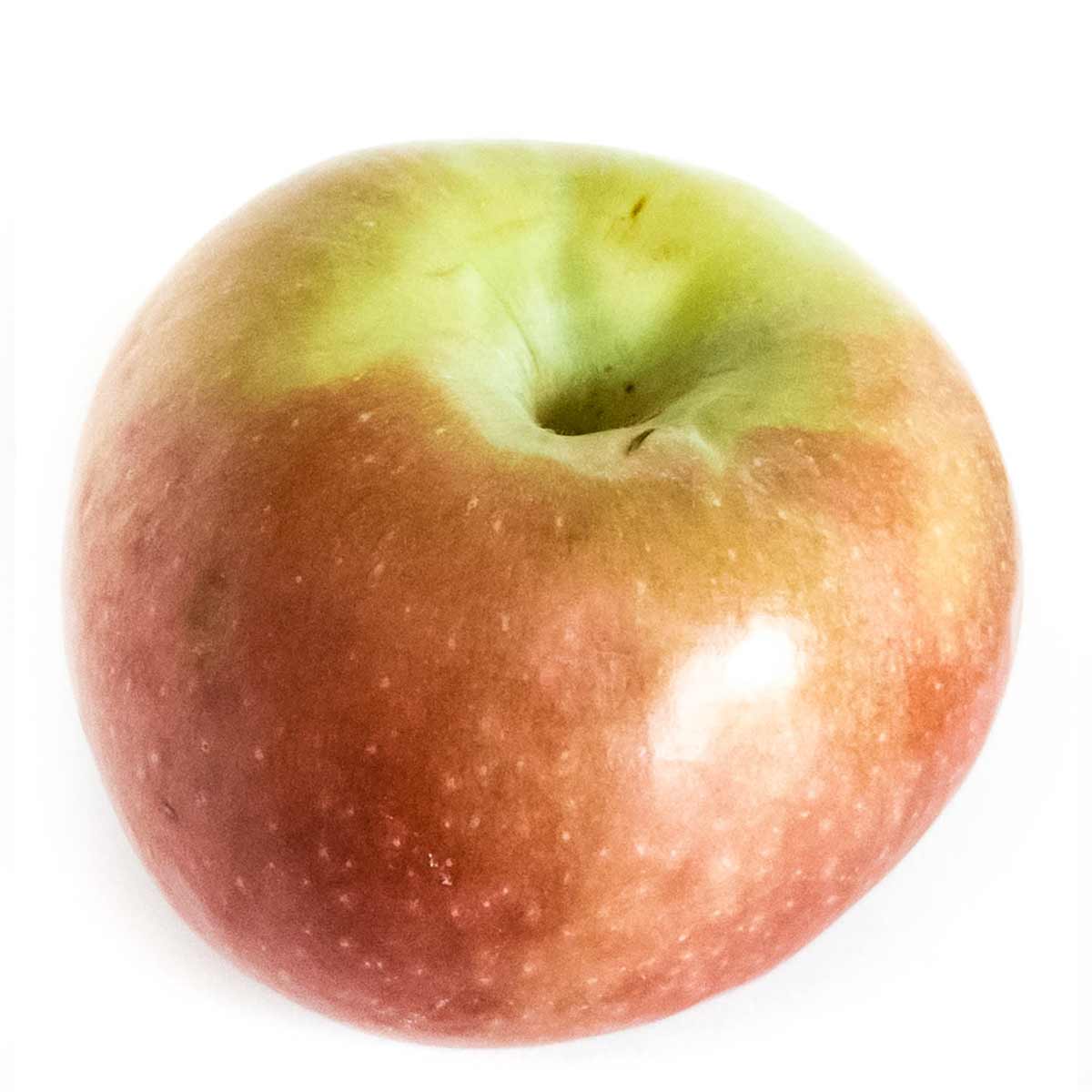
Jonamac
A cross between Jonathan and McIntosh, this apple inherited that tart flavor.
- Tart and slightly sweet with an apple cider, spiced nutmeg flavor
- Medium-firm flesh, but will fall apart when baked
- Quick to brown
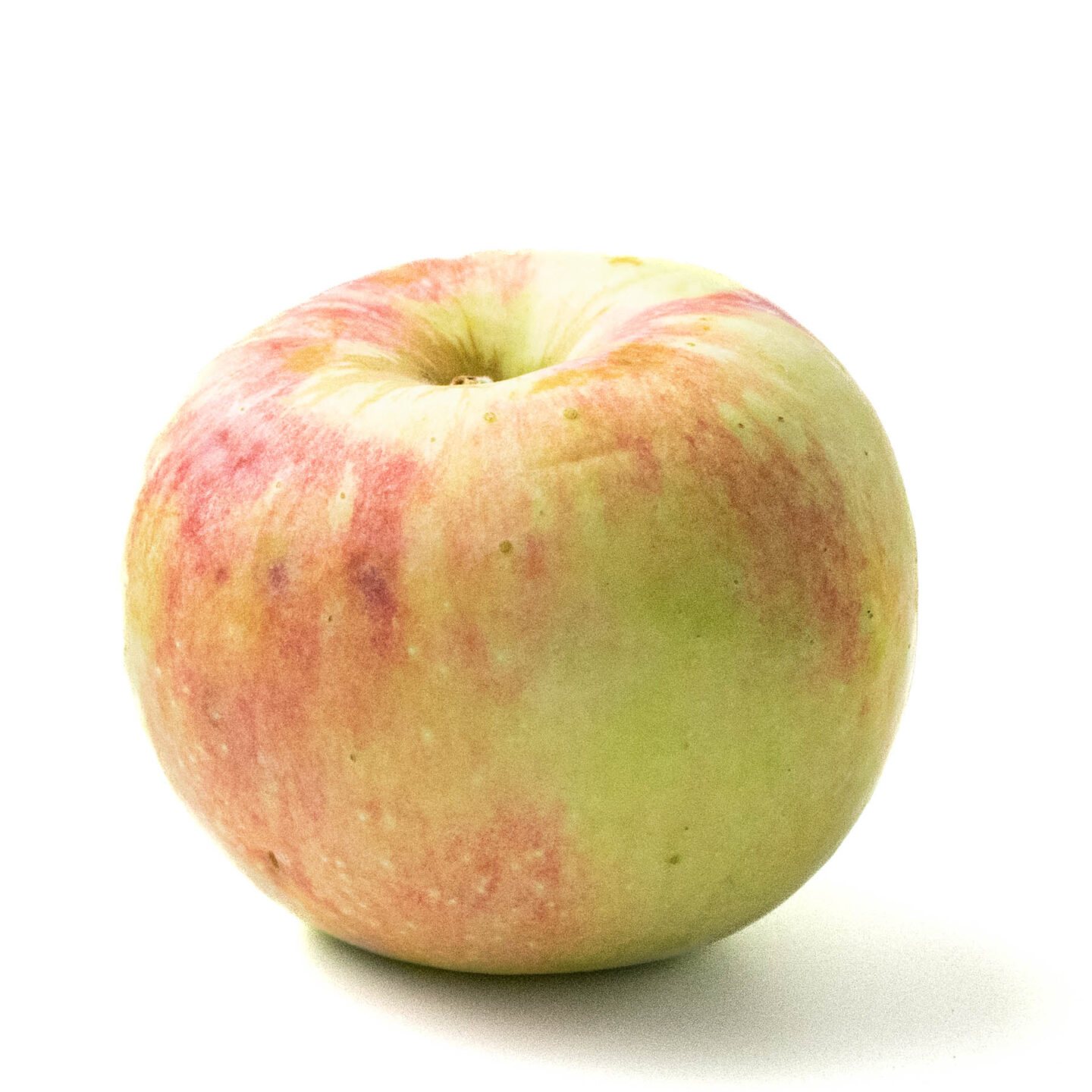
Zestar
A trademarked apple from the University of Minnesota, an attempt to grow a better early-season variety.
- More tart than sweet with crisp flesh (perhaps the crispiest of all early varieties, and reminds me of Honeycrisp)
- Some people note hints of brown sugar flavor, which I maybe could detect only when baked.
- Tartness comes through even more when baked, and becomes very soft.
- Stores for 1-2 months (unlike 1-2 weeks for many early varieties)
Sweet-tart apples
Most apples are a little sweet and a little tart, but neither characteristic overpowers the other. Some types of these apples will taste mild, while others will have stand-out flavor. As usual, that depends on the weather and harvest conditions.
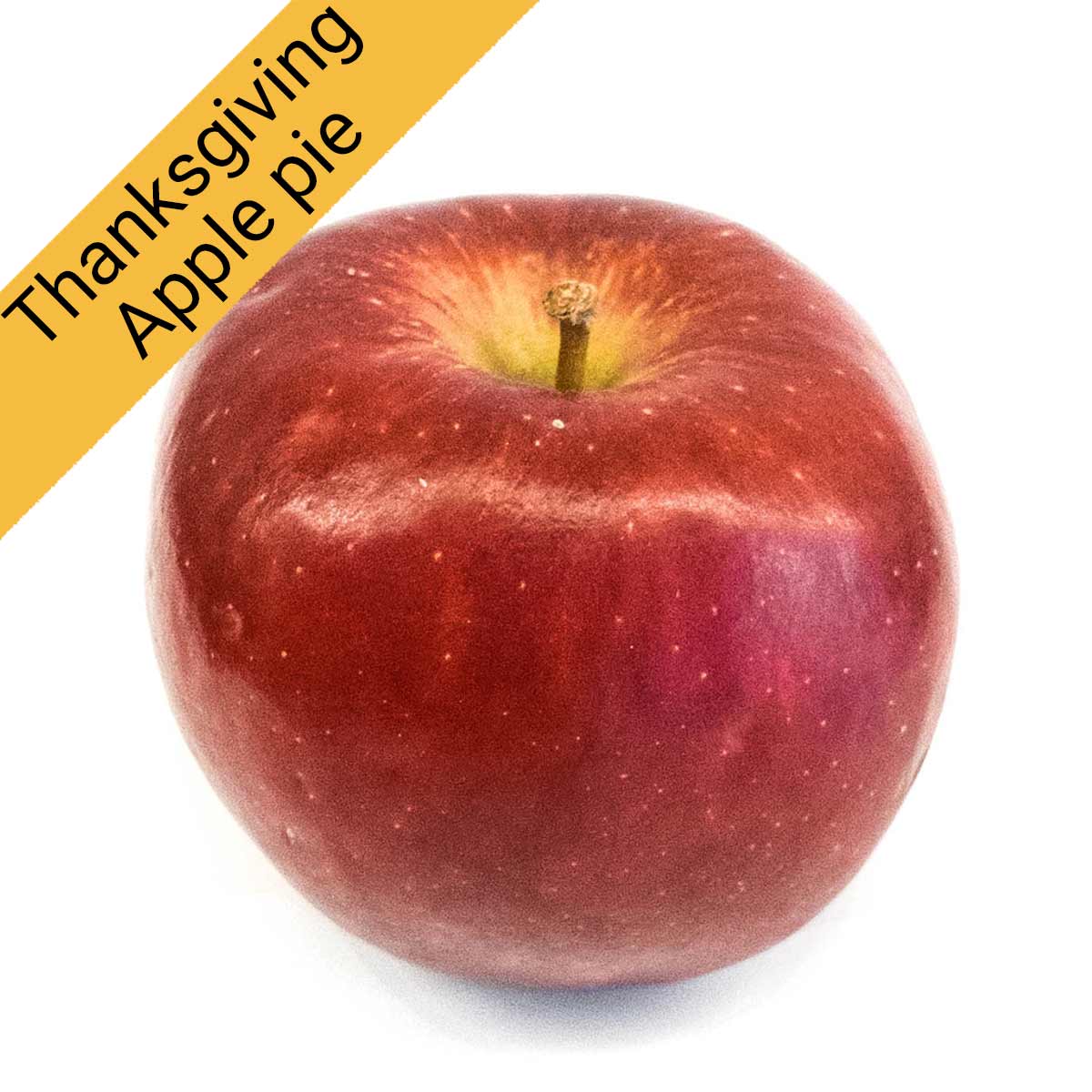
Braeburn
An perfect sweet-tart balance with hints of cider and citrus zest. It is the best late-season apple for making pie in November.
- Sweet-tart apple flavor
- Firm, crisp flesh that softens but holds shape well when baked
- Great apple flavor that's both sweet and tart even when baked
- One of the best apples for pie
- Late season, often not showing up until mid-October
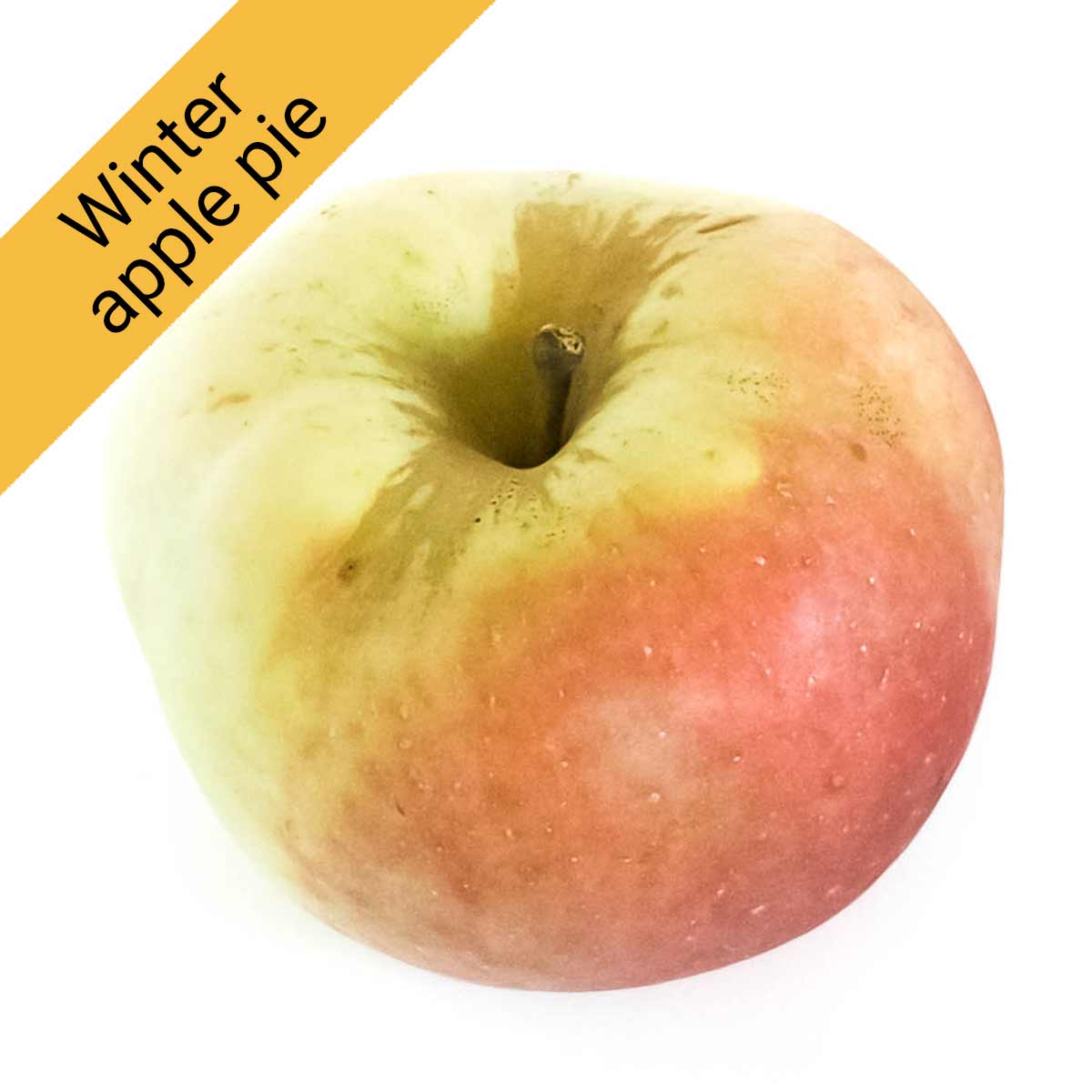
Northern Spy
Another top-notch apple for pie due to its strong sweet-tart flavor and excellent texture when baked. Also a favorite for ciders.
- Very sweet and very tart with a good apple flavor and sometimes notes of pear
- Thin skin and butter-yellow colored flesh when ripe
- Crisp flesh that has a perfect tender texture when baked
- Good for long-term storage (even if it has bruises, a rare trait)
- Late season variety showing up mid-late October and stores well, making it a great option for apple pies at Thanksgiving or into winter.
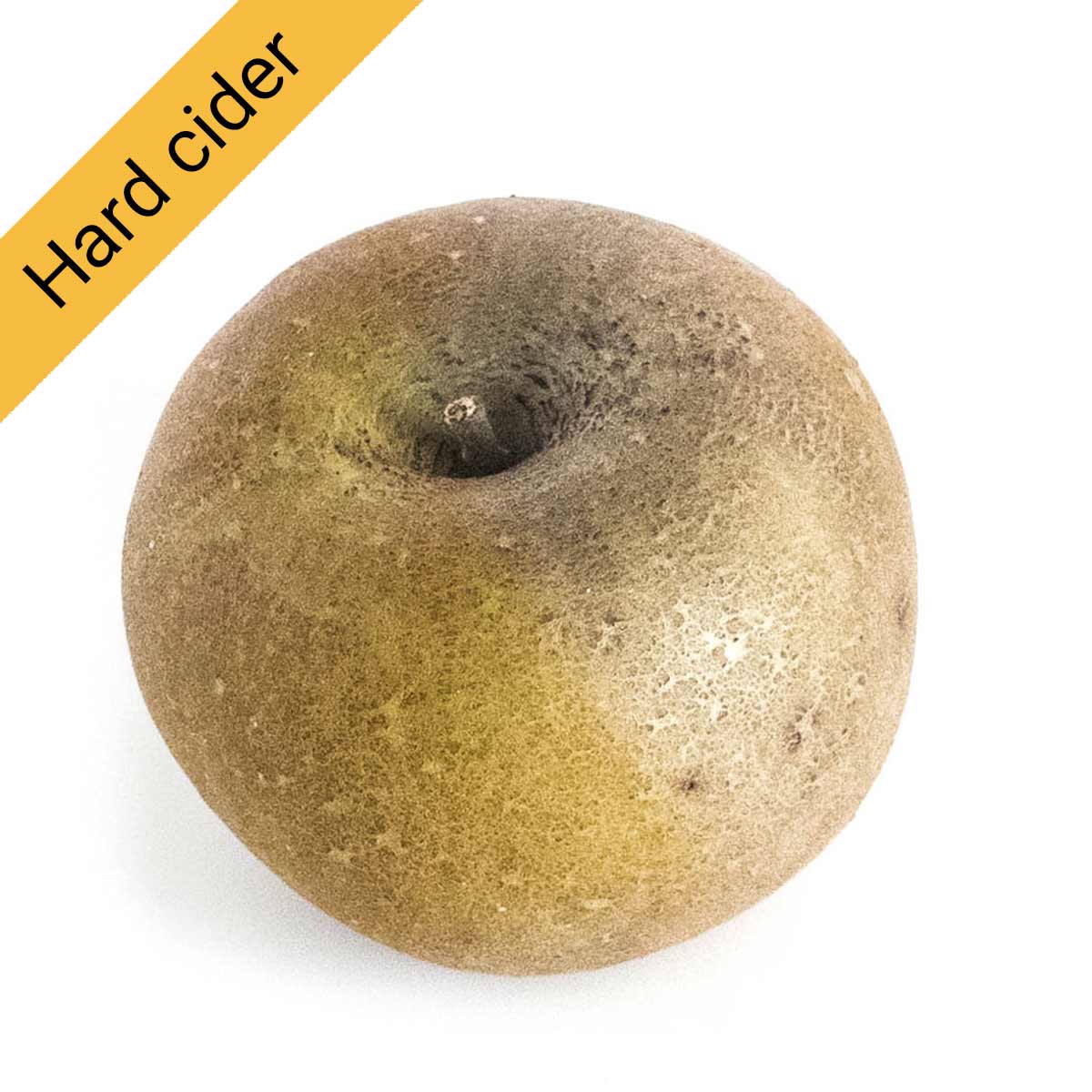
Golden Russet
Considered the "Champagne of cider apples" due to its intense, complex flavor and incredibly high sugar content (21%) to encourage fermentation.
- Very sweet, spicy, only slightly tart. Rich, complex flavor that might have notes of honey, figs, apricots, pears, and even green pepper (from the skin)
- Skin has russet (which looks and feels like a potato)
- Very dense, hard, crunchy flesh that stays fairly crunchy when baked (and can get grainy)
- Loses flavor complexities when baked
- Good for long-term storage
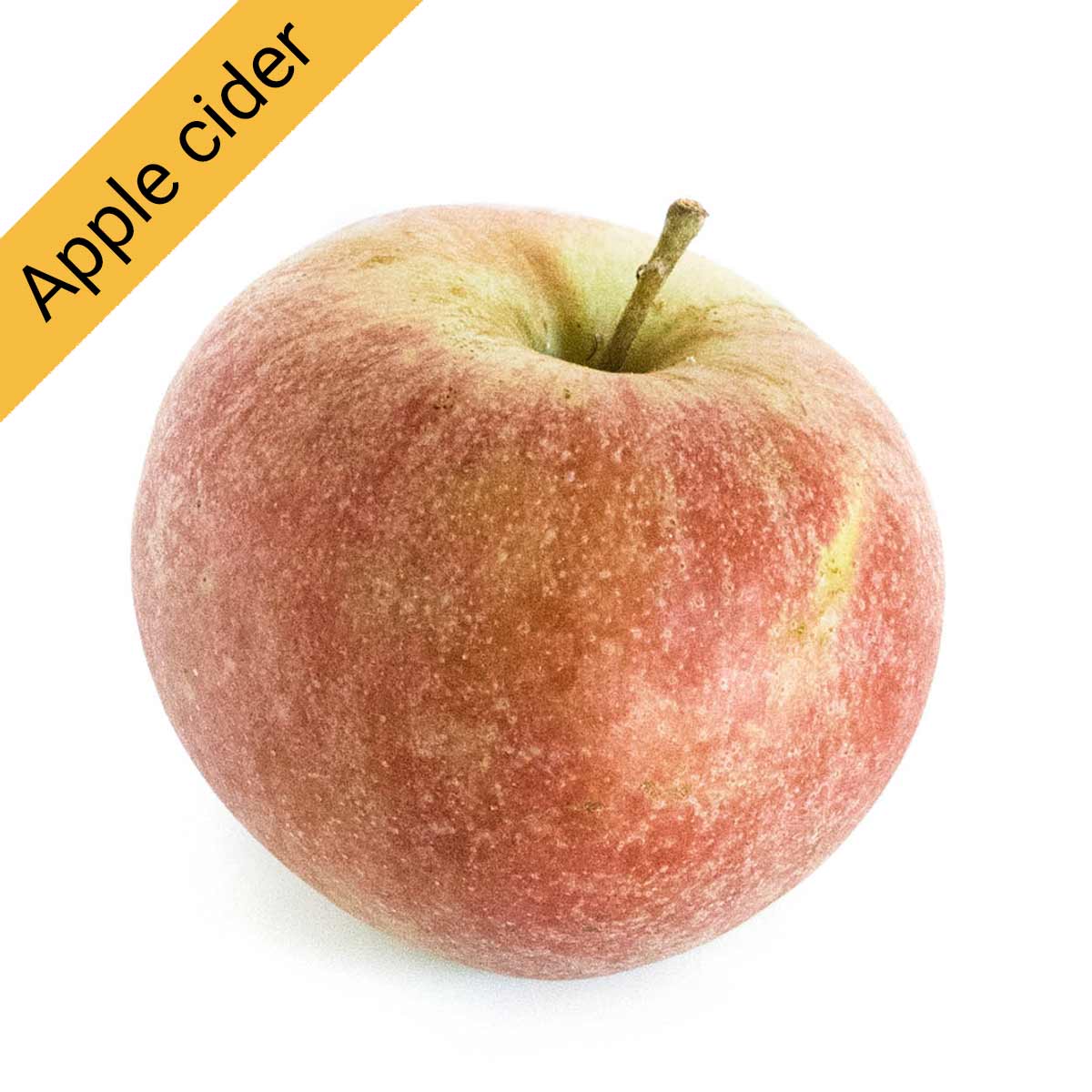
Winesap
Winesaps have a spicy flavor with some bitter notes (which works quite well to balance a sweet apple cider).
- Sweet-tart, spicy flavor that improves with storage
- Very hard flesh and thick skin
- Holds shape when baked, but sometimes turns grainy
- Popular in warmer climates as the tree doesn't need cold winters to set fruit like most apple varieties.
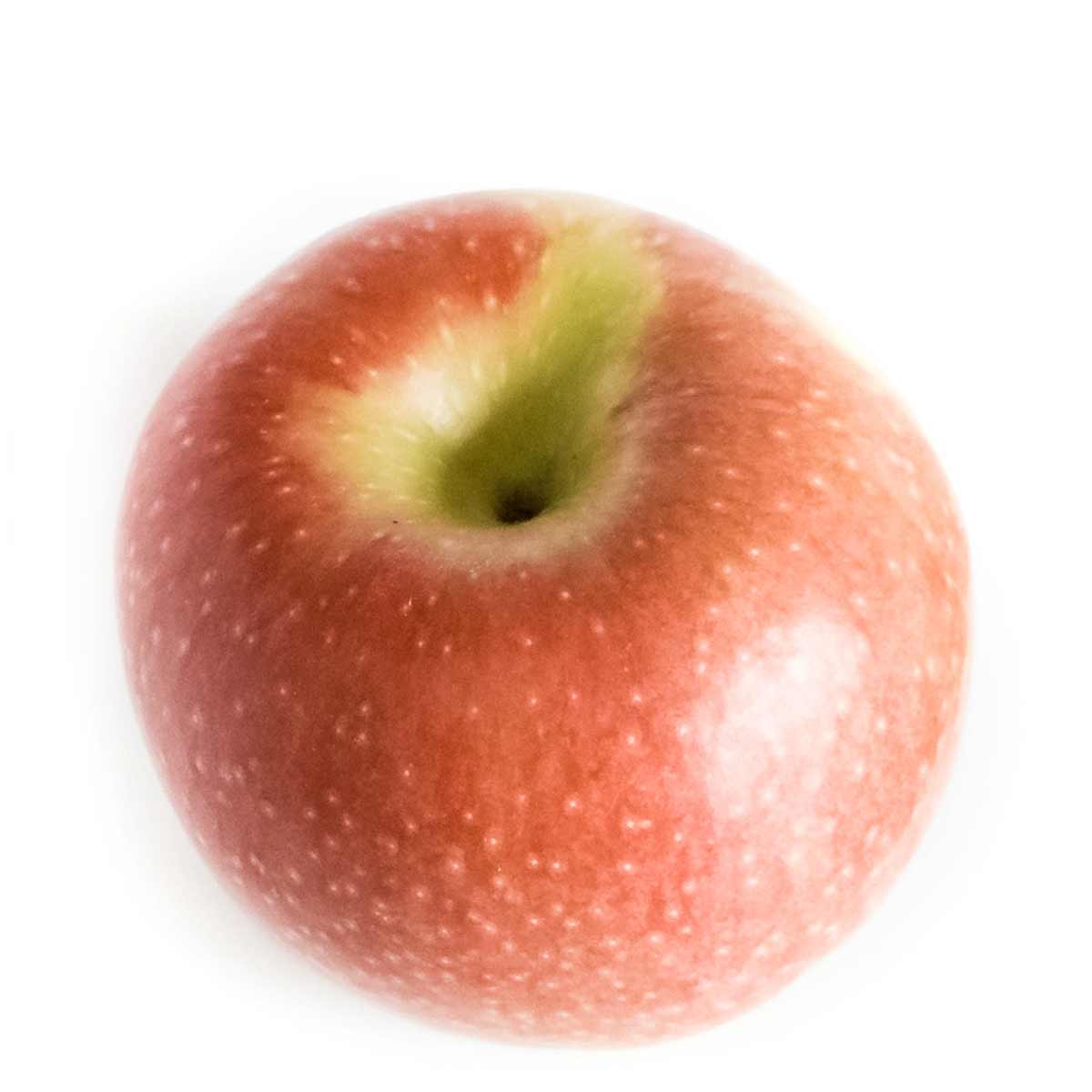
Jonagold
An excellent example of an apple with a sweet-tart balance and great flavor. A cross between Jonathan and Golden Delicious.
- Sweet-tart apple flavor
- Medium-firm, crisp flesh that softens but holds shape well when baked. Great flavor in apple pie.
- Thin skin
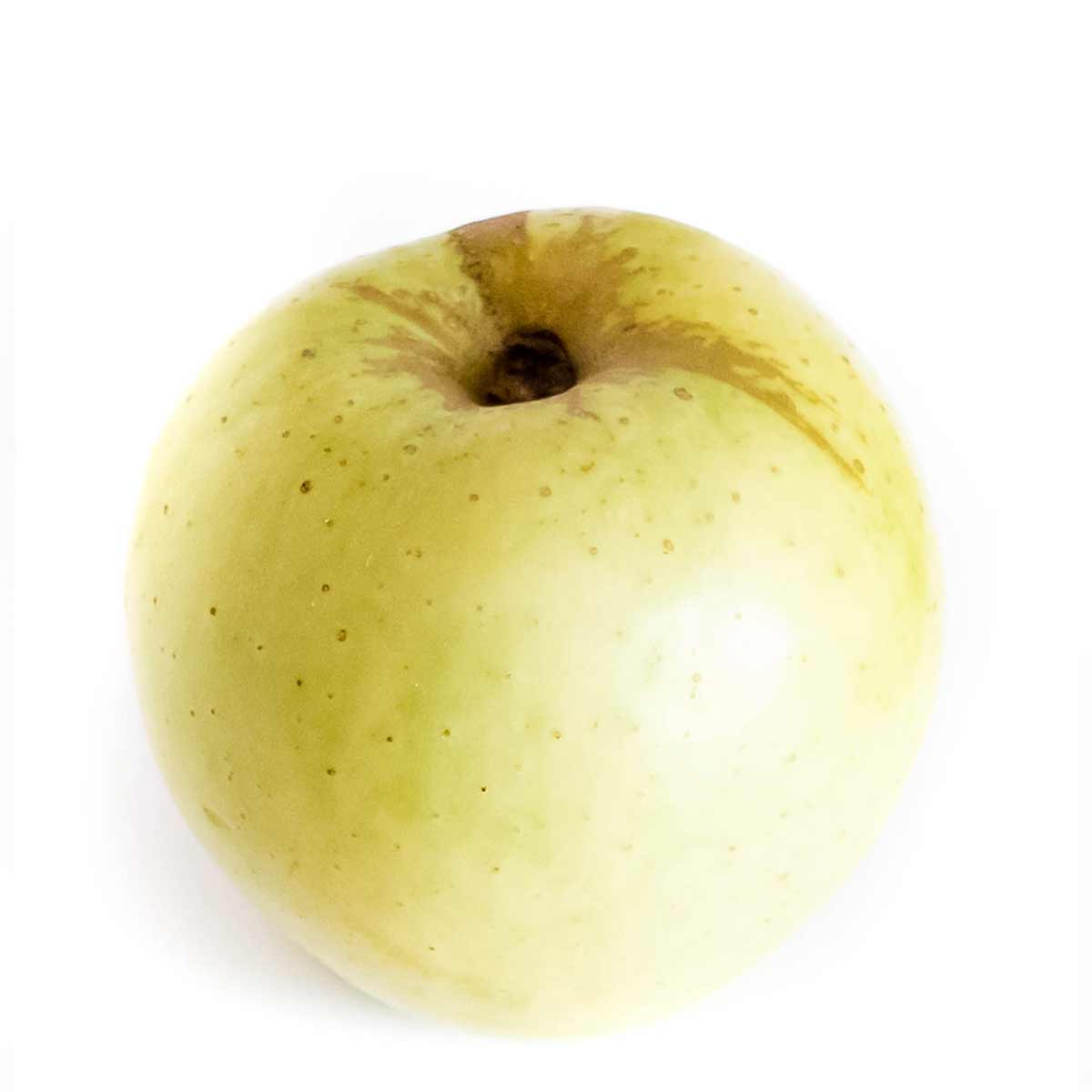
Ginger Gold
One of the tastiest early-season varieties.
- Slightly spiced sweet-tart flavor
- Medium-firm, crisp flesh that softens but holds shape well when baked
- Slow to brown
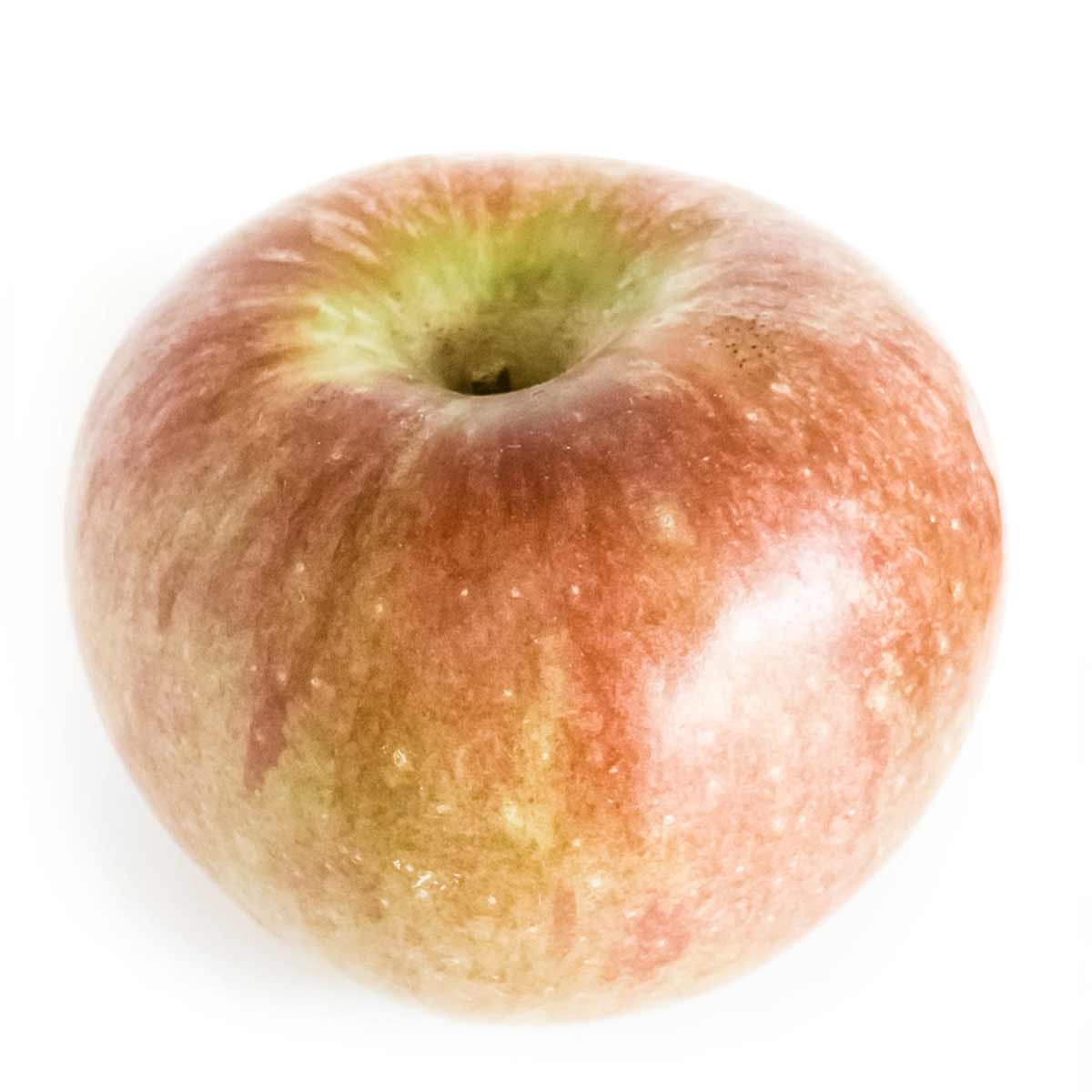
Cortland
Similar to McIntosh in flavor and texture, but slightly firmer.
- Sweet-tart with a slight cider flavor, can taste a bit sour when baked.
- Medium firm flesh softens quite a bit when baked and can get mushy (similar to McIntosh)
- Flesh is strikingly white compared to most other varieties
- Slow to brown, a great apple for salads
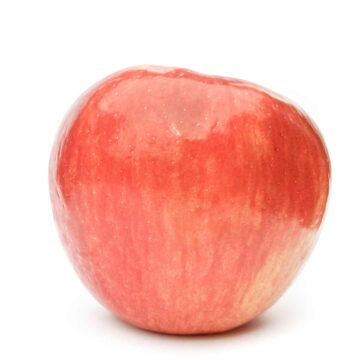
Rave
As a Honeycrisp descendant, this apple has its parent's sweetness, but also a little more acidity.
- Sweet-tart flavor (slightly more sweet than tart)
- Crisp bite but airy flesh sometimes falls apart when baked
- Slight jolly rancher flavor when baked
- Slow to brown
- A trademarked variety (University of Minnesota)
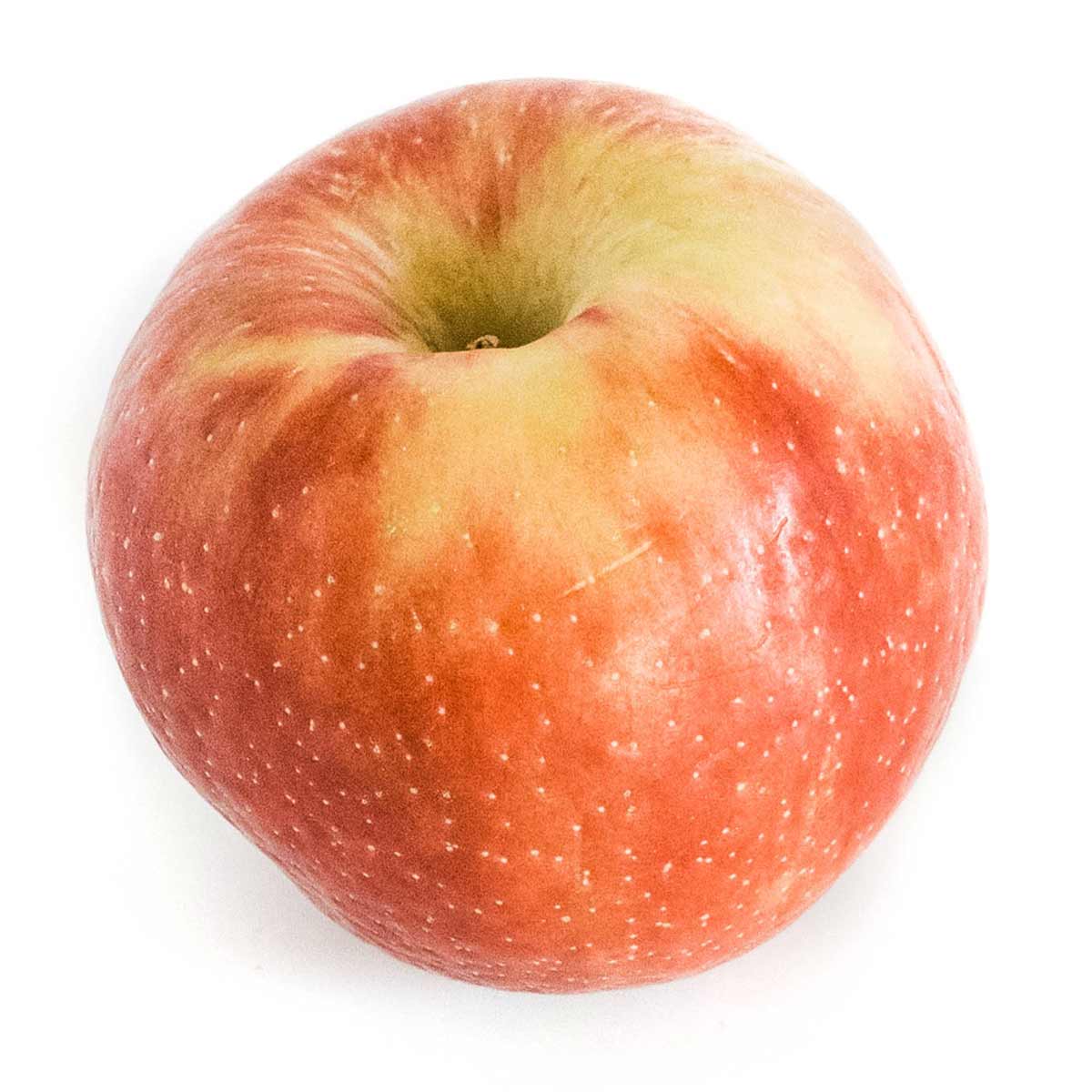
Juici
A Honeycrisp & Braeburn cross, this apple is a little more tart than Honeycrisp.
- Sweet-tart flavor (slightly more sweet than tart)
- Crispy and juicy, even at room temperature
- Very dense flesh that takes longer to soften when baked
- Thin skin
- Slow to brown
- A trademarked variety
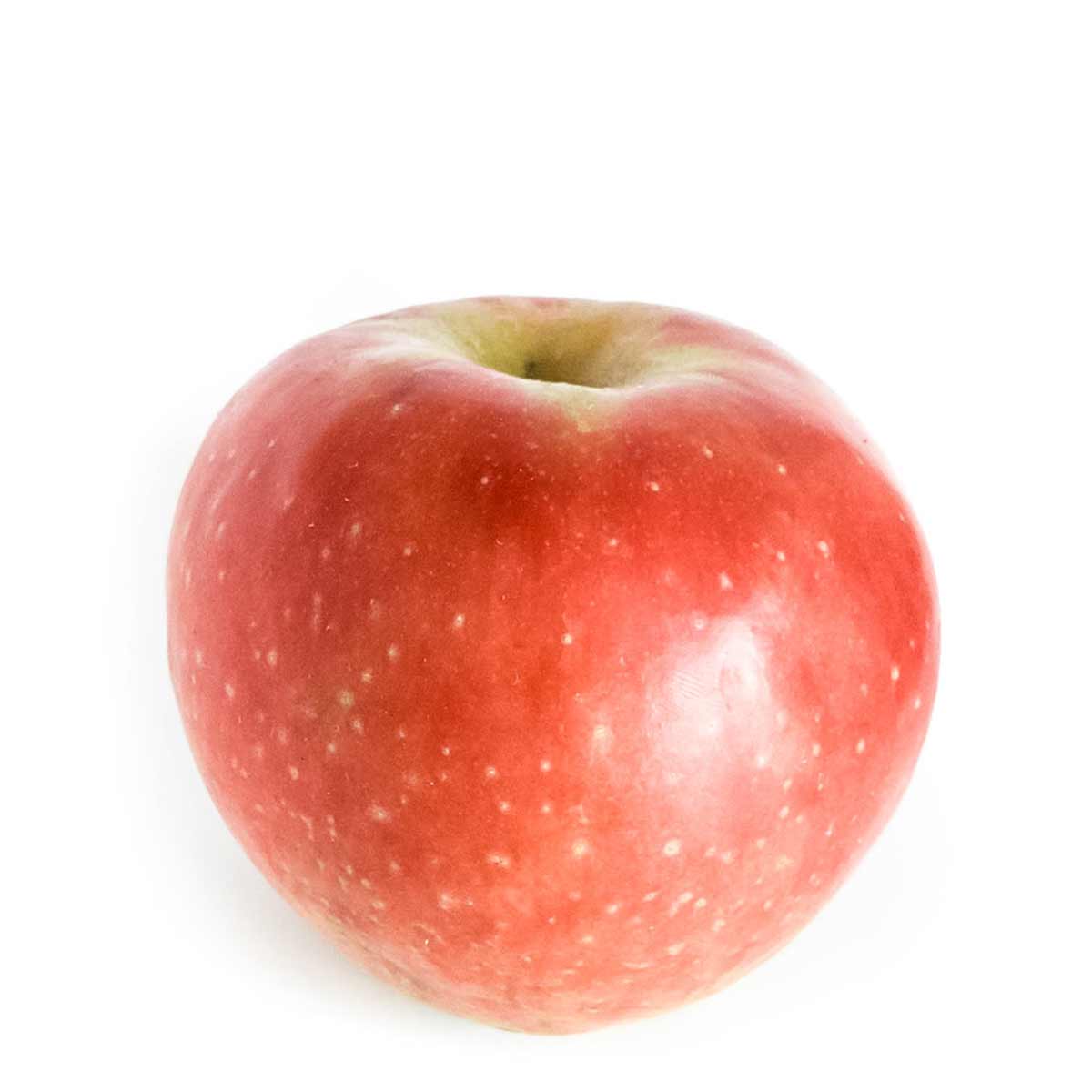
Swiss
A mild-flavored descendant of Golden Delicious.
- Sweet-tart balance, with noticeable pear-like flavor that comes out when baked
- Medium-firm flesh
- Skin naturally feels greasy (not waxy)
- Smaller than average in size
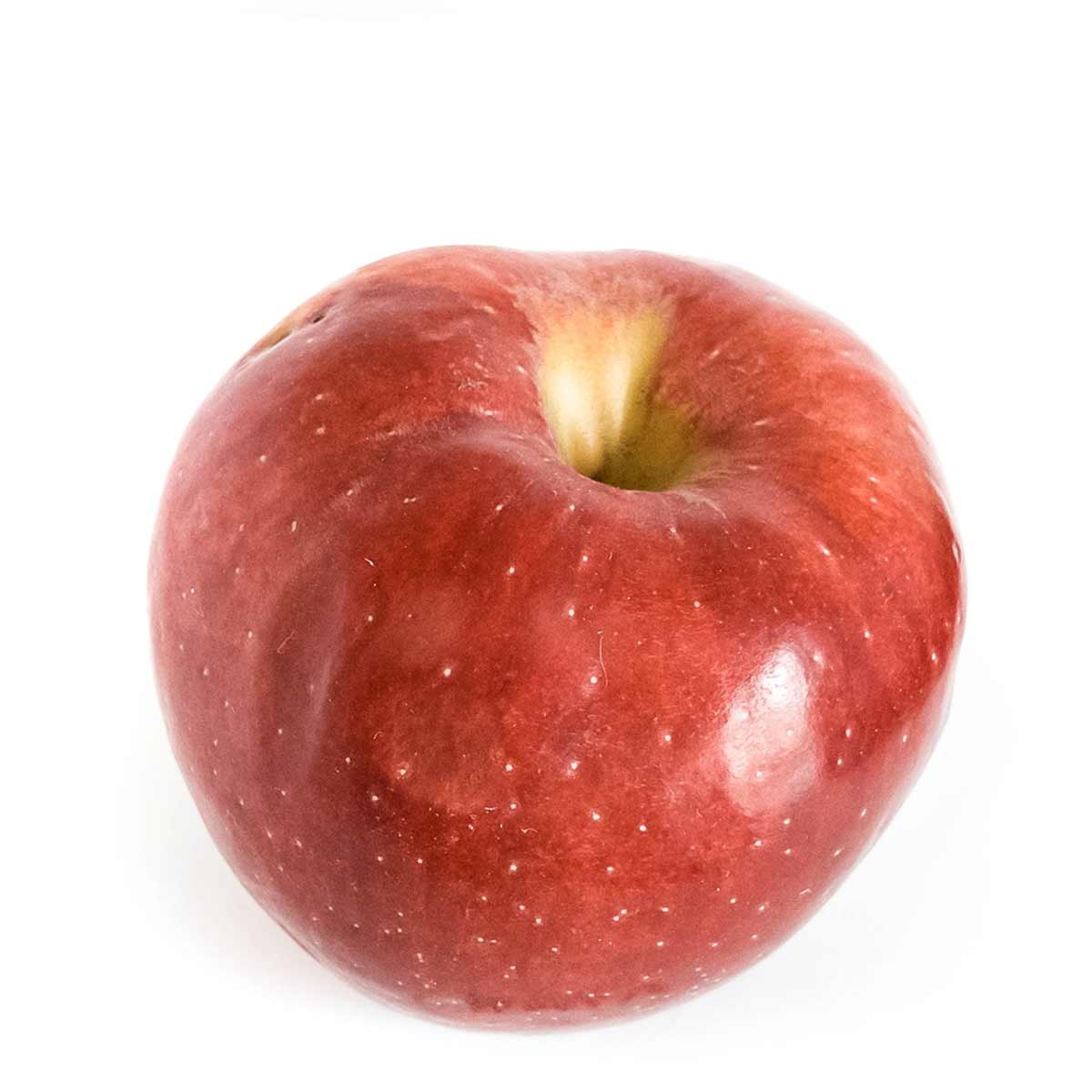
Mollie / Molly
I've seen this labeled both ways - it's a mild-flavored descendant of Golden Delicious and Gravenstein.
- Sweet-tart, mild flavor
- Soft apple that softens a lot when baked, but will usually hold its shape
- Thin skin
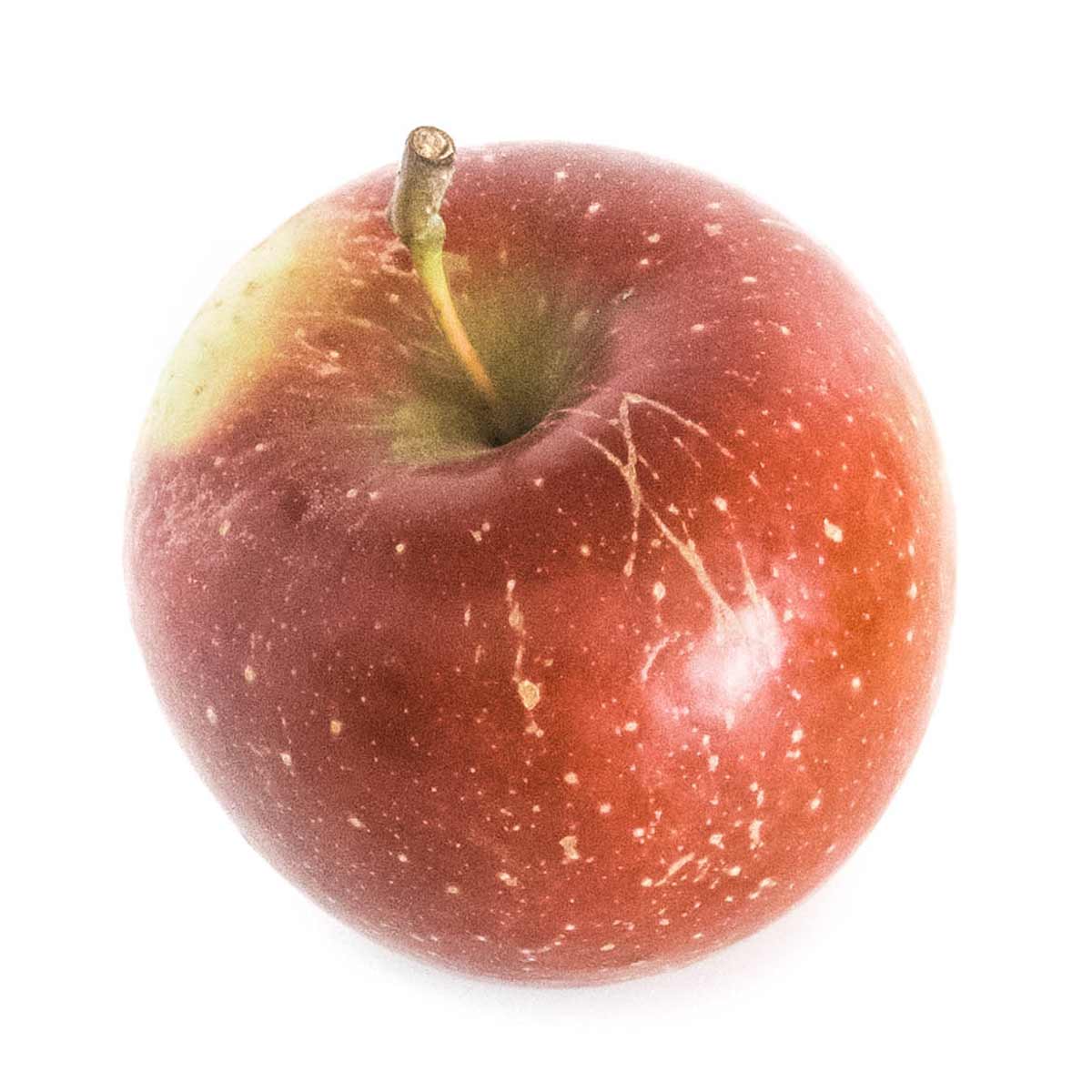
Rome Beauty
A beautiful apple with paint-spatter marks falls flat on flavor. Marketed as the "queen of baking apples" because it isn't good for much else, not because it excels in baked goods.
- Bland, mildly sweet and slightly tart with a floral aroma that doesn't come across when eaten
- Holds shape when baked but can be crunchy or mealy
- Great for growers due to its heavy crop, resistance to disease, and attractive appearance
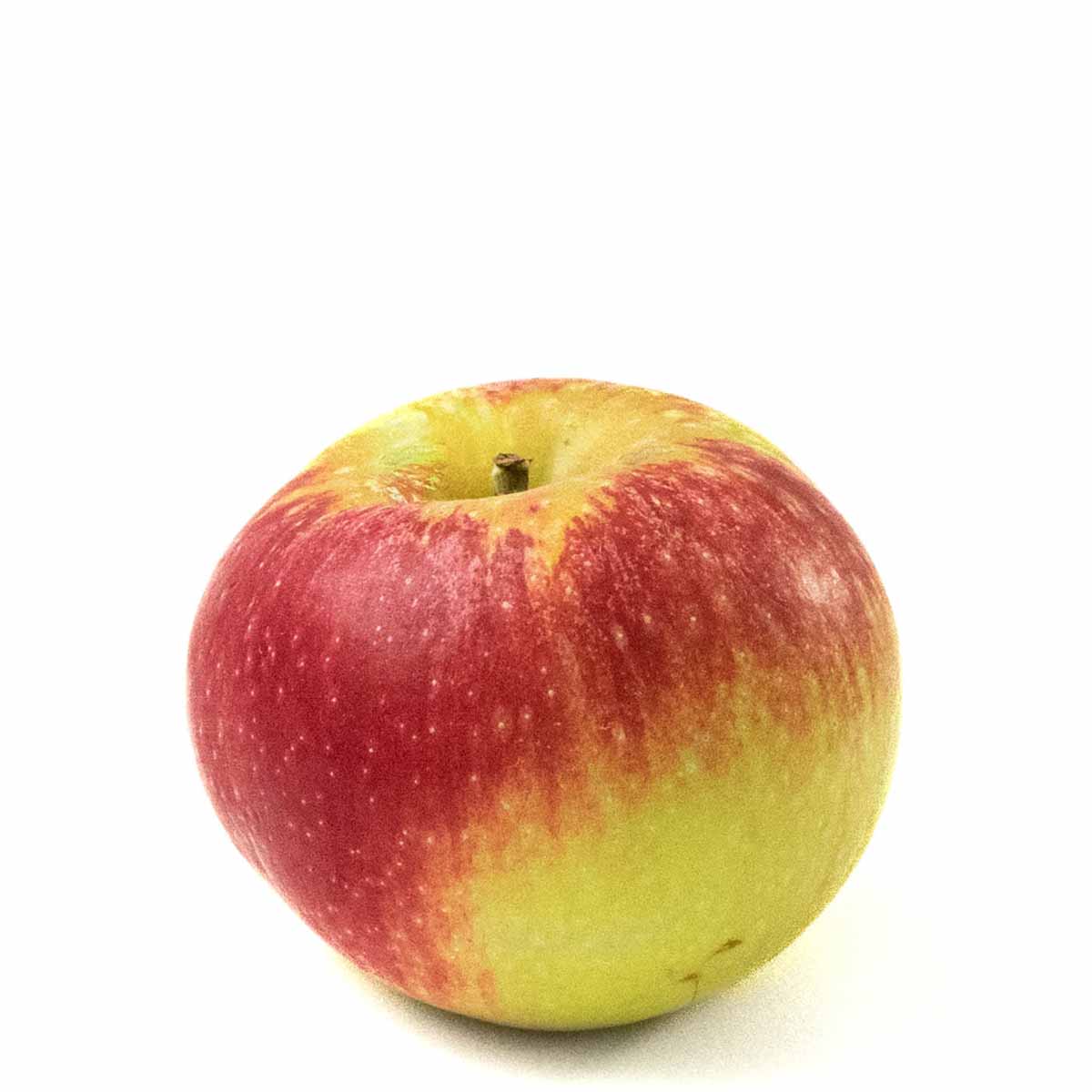
Akane / Tokyo Rose
A descendant of Jonathan, it has that classic apple flavor, and slightly less tart than its parent.
- Truly excellent flavor with a sweet-tart balance
- Early season, doesn't store well at all (lasts about 1-2 weeks)
- Juicy with firm (but not snappy-crisp) flesh
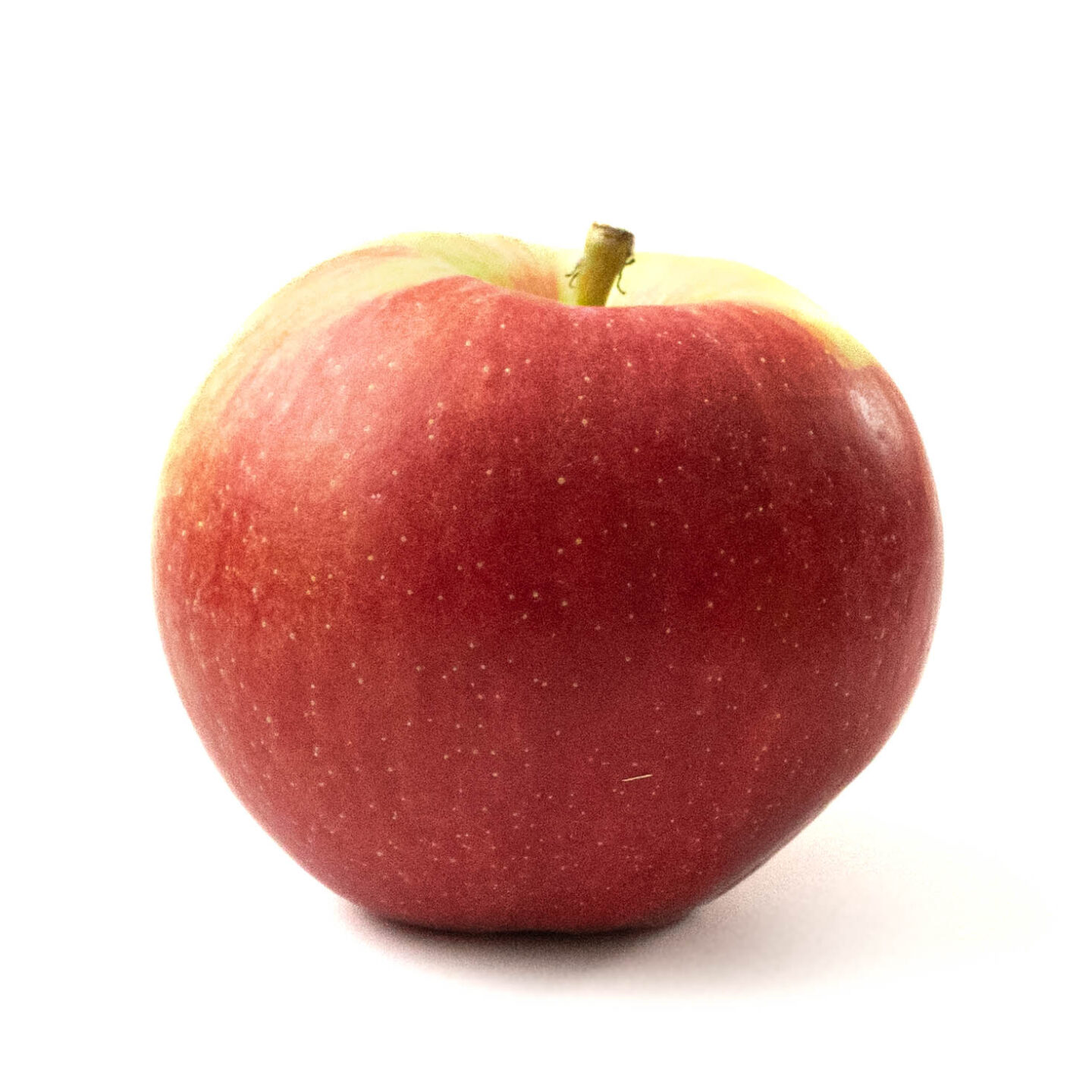
Sunrise
A descendant of Golden Delicious and McIntosh, although not as flavorful as I expected given the parentage.
- Good flavor, slightly more sweet than tart.
- Early season, doesn't store well at all (lasts about 2 weeks)
- Juicy with medium-firm flesh
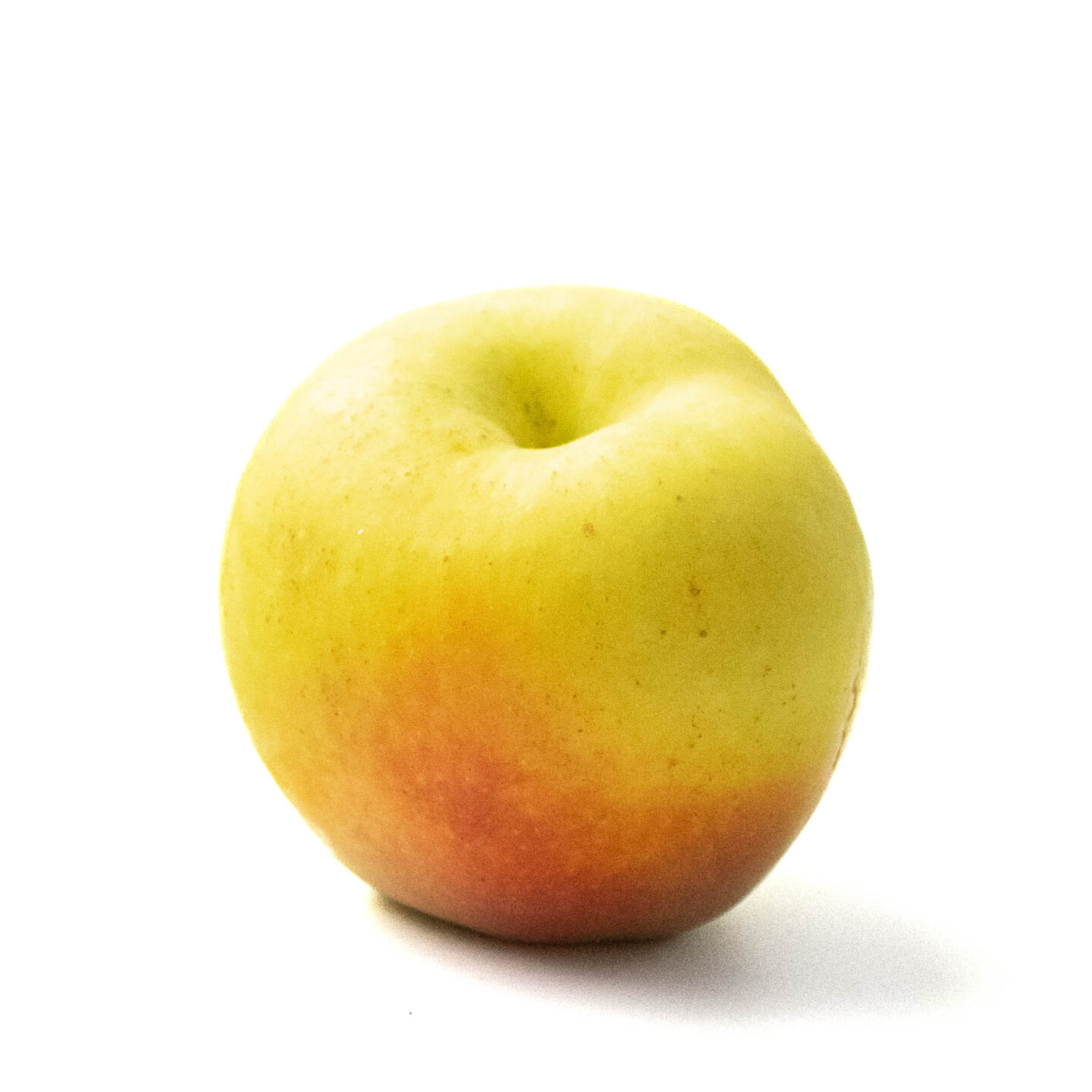
Pristine
A bright yellow skinned apple with slightly tart flavor.
- More tart than sweet with medium-firm flesh
- Slight apple spice flavor, possible hints of banana.
- Very buttery flavor when baked and softens well.
- Stores for about 1 month (decent for early season apples)
Effects on flavor & quality
Like with any fruit, one type of apple might taste amazing but be bland the next time. The descriptions here are based on freshly picked apples grown in good climate conditions. It's what each kind of apple should taste like.
Several factors can change or degrade the quality of an apple.
Maturity at harvest
- Apples picked early tend to be more tart and less sweet than usual. They also store better.
- Apples pick late tend to be sweeter and less tart. They can be less firm (but not always), and don't store as well.
Storage length
- Some types of apples store well at home with minimal loss in quality. Other varieties quickly lose flavor and moisture (affecting the texture). The varieties that stand out as excellent or bad keepers are noted in their descriptions.
- Commercially stored apples can last 4-10 months, depending on the variety. They have minimal loss in quality, but their texture does degrade over time. When taken out of the finely-controlled storage facility (and into your home), they can lose moisture quickly and become mealy.
- Larger apples (of the same variety) generally break down faster than their smaller counterparts
- Early season varieties typically don't store very well (1-2 weeks). Some varieties have been prized for their longer shelf life of 1-2 months (which is still much shorter than traditional storage apples).
Weather
Mother Nature adds her own variance to apples each season. The unpredictability adds a case for trying several types of apples each season, in case the weather positively affected types that weren't great last year, and visa versa.
Sources
- Iowa State University, "Harvesting and Storing Apples" and "Climate, Weather and Apples"
- More great resources for apple varieties: Orange Pippin, Home for the Harvest, Jessica Gavin, and Apples of Uncommon Character (book)
- Harvard Apple Nutrition

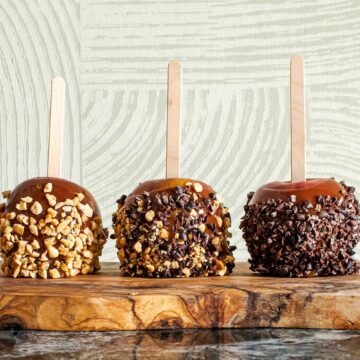
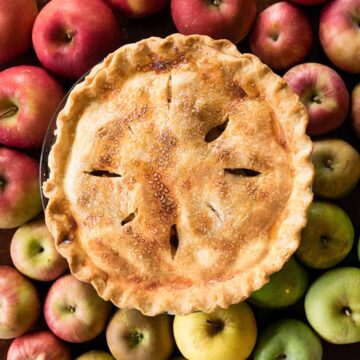
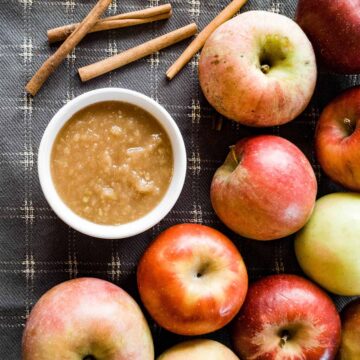
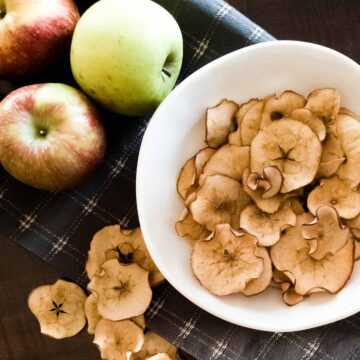
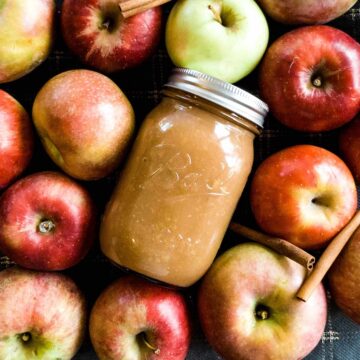
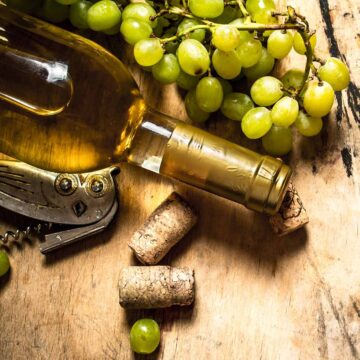
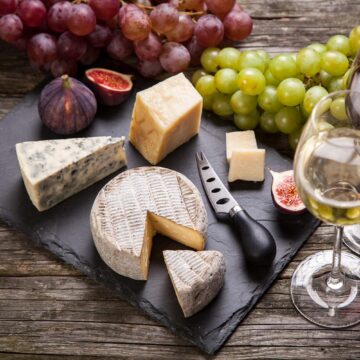
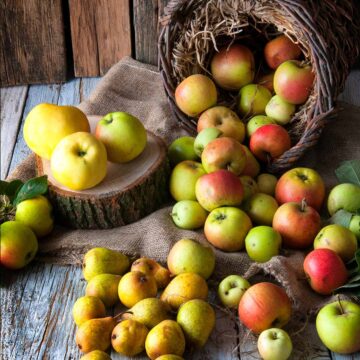
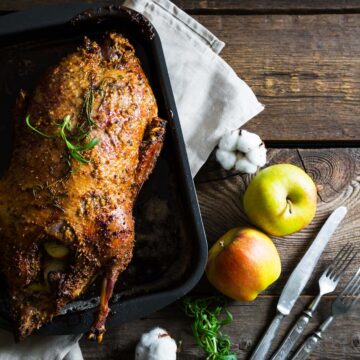
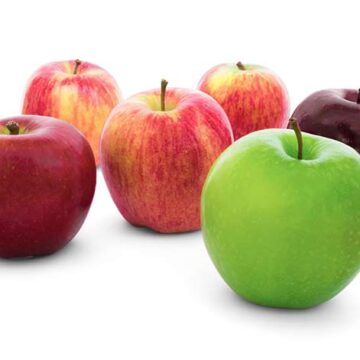
Leave a Reply